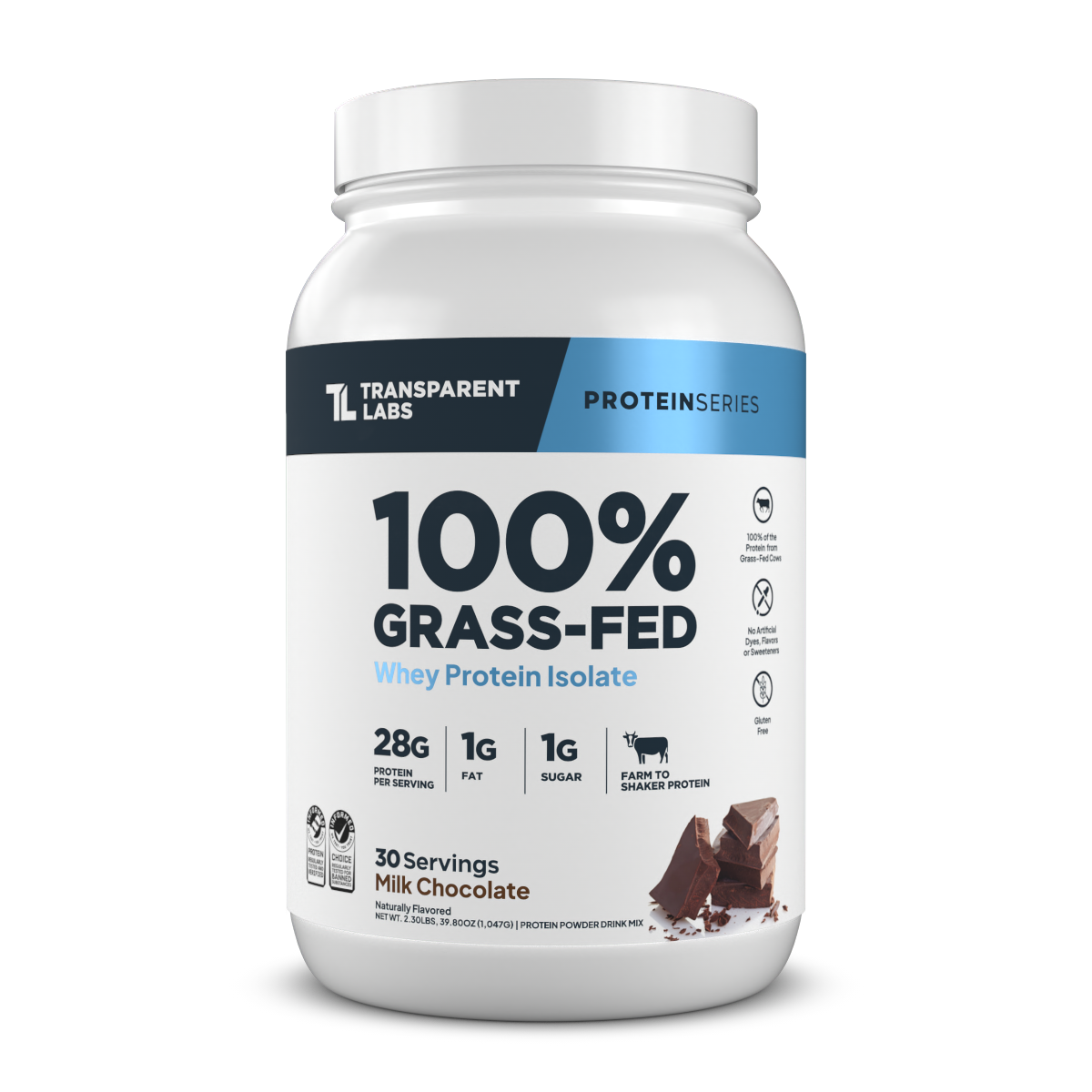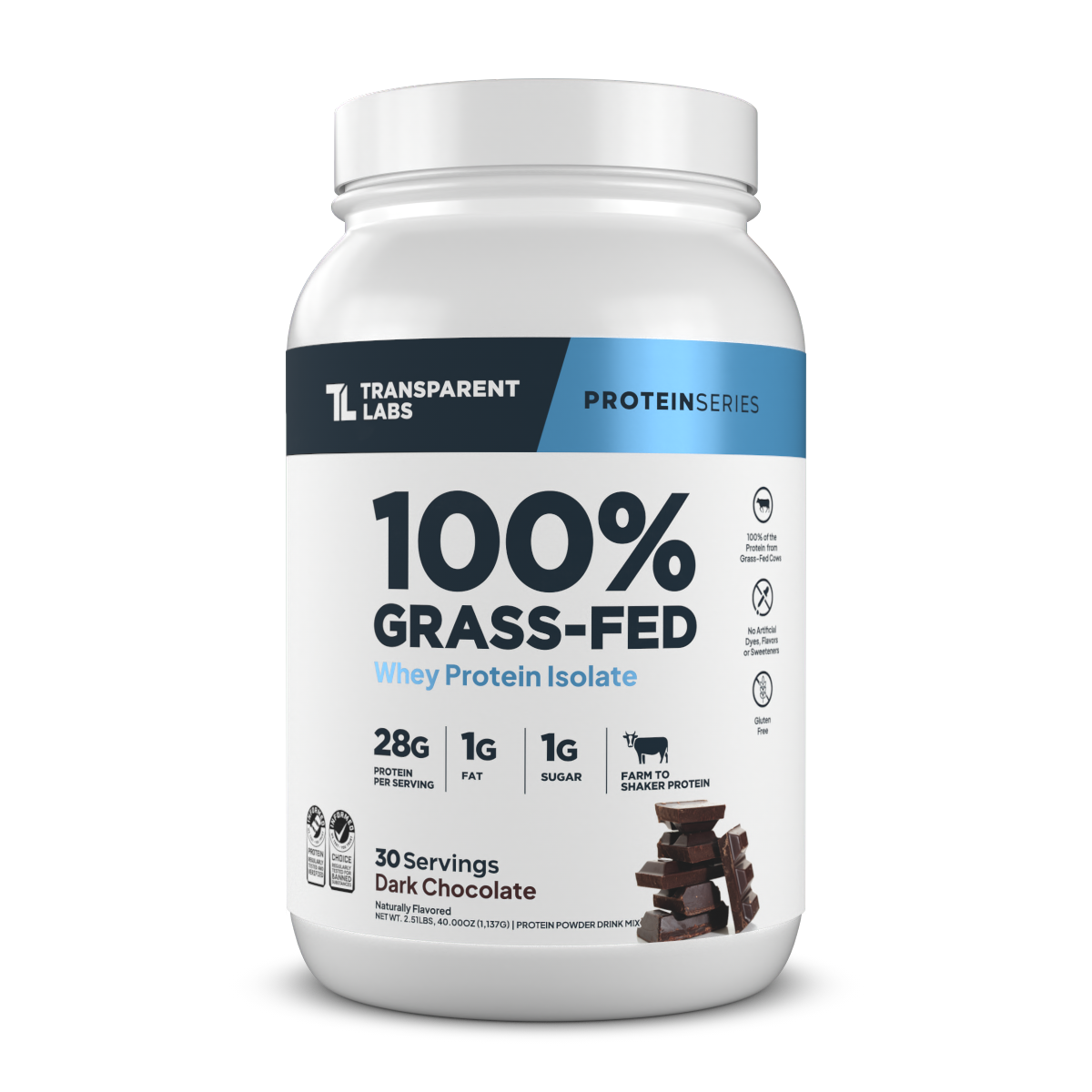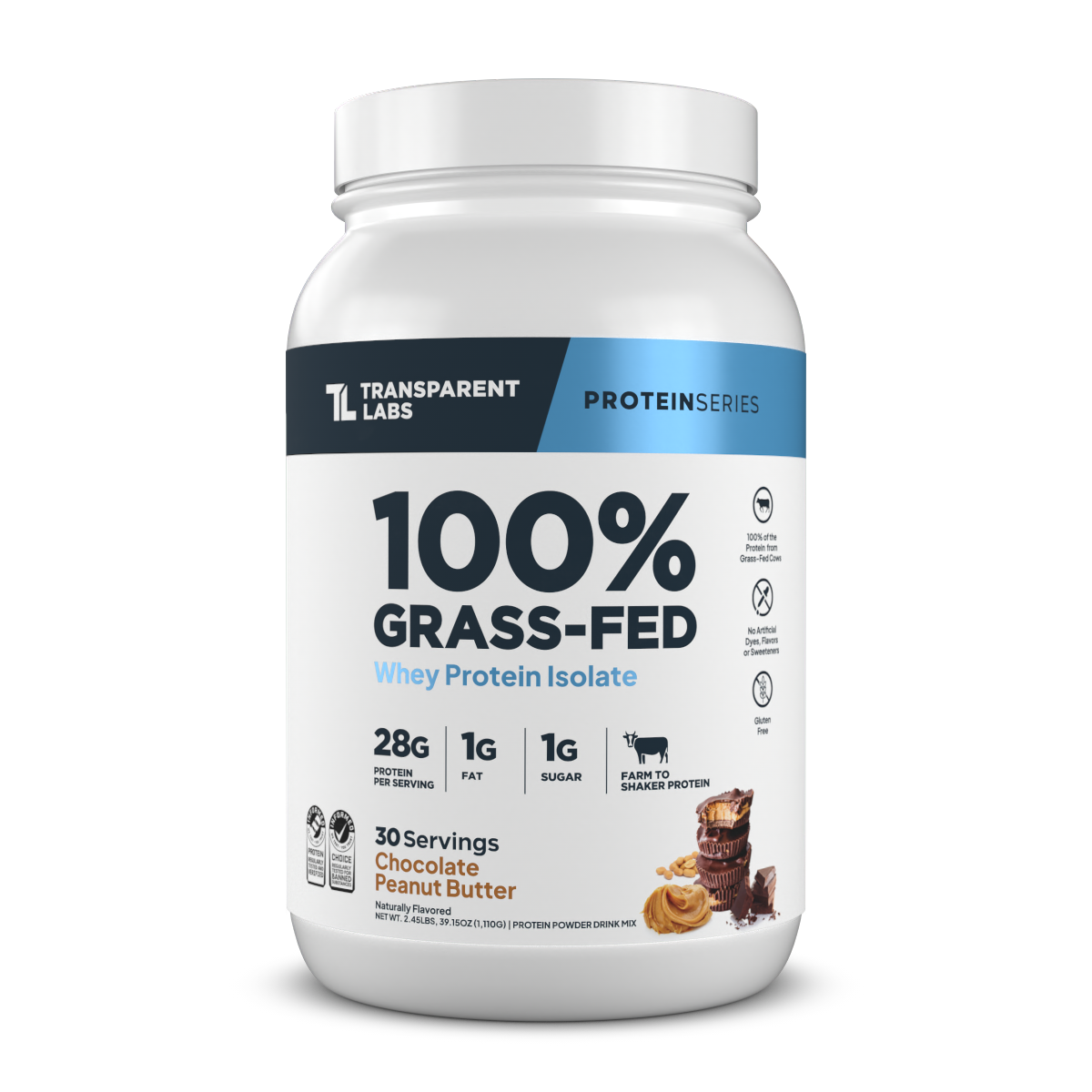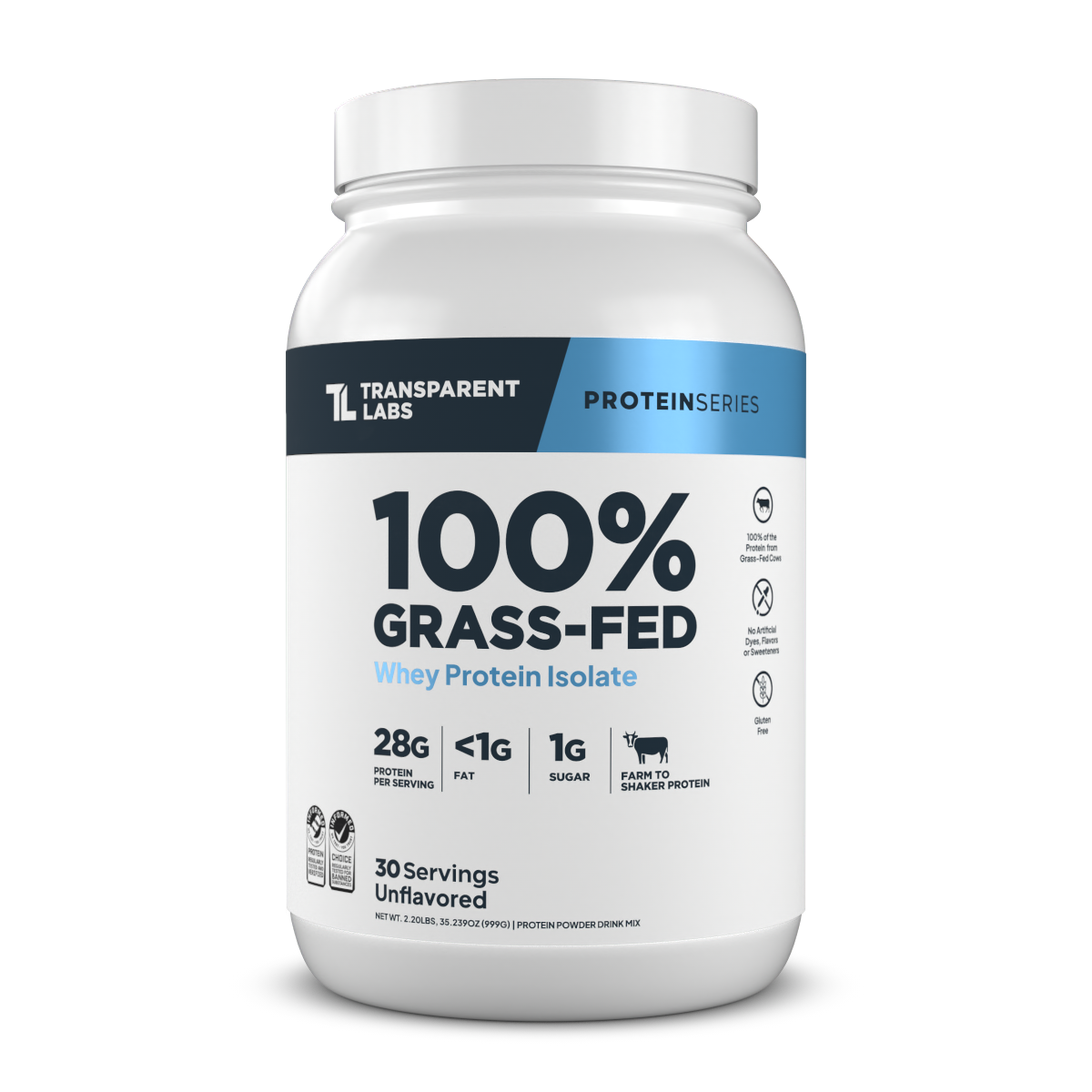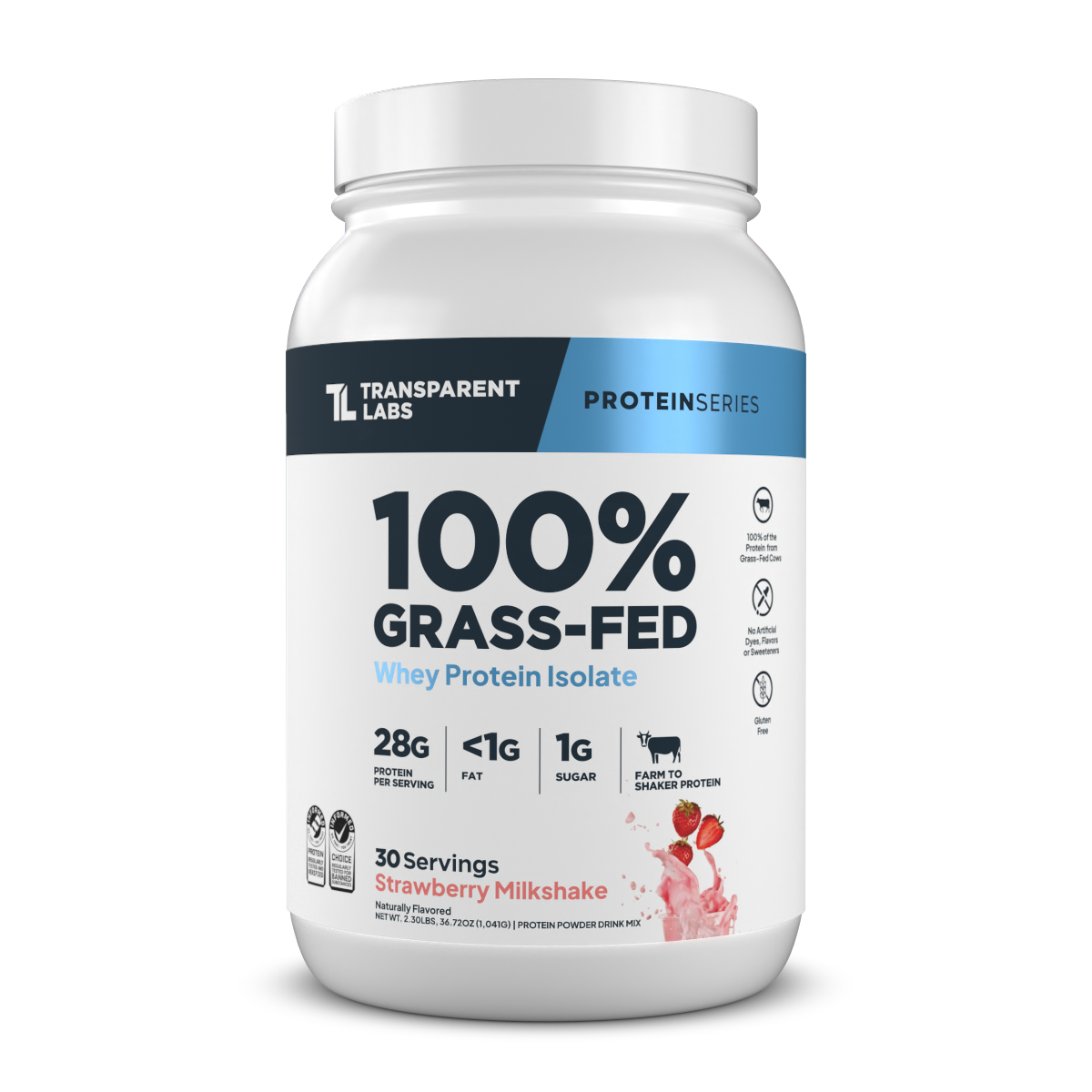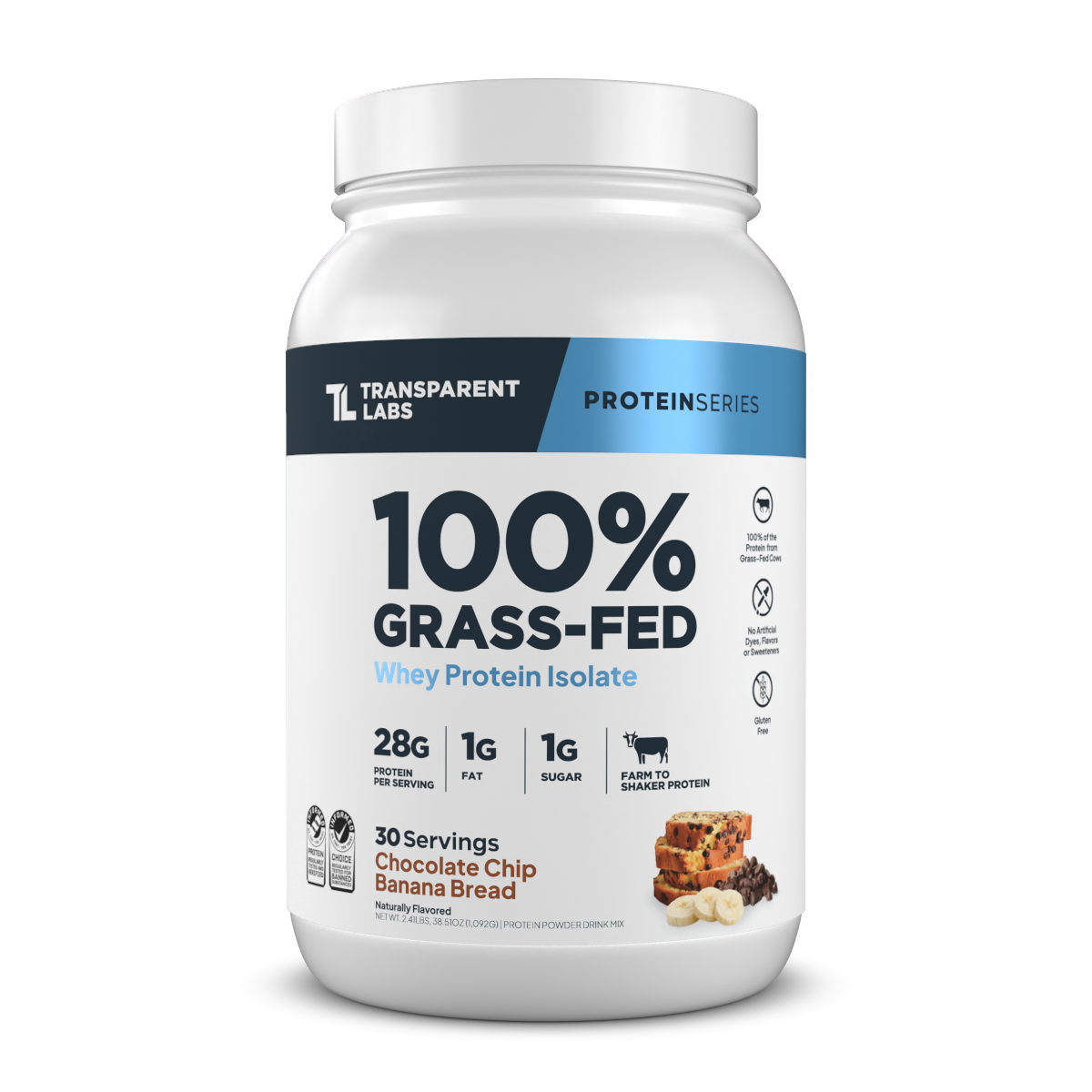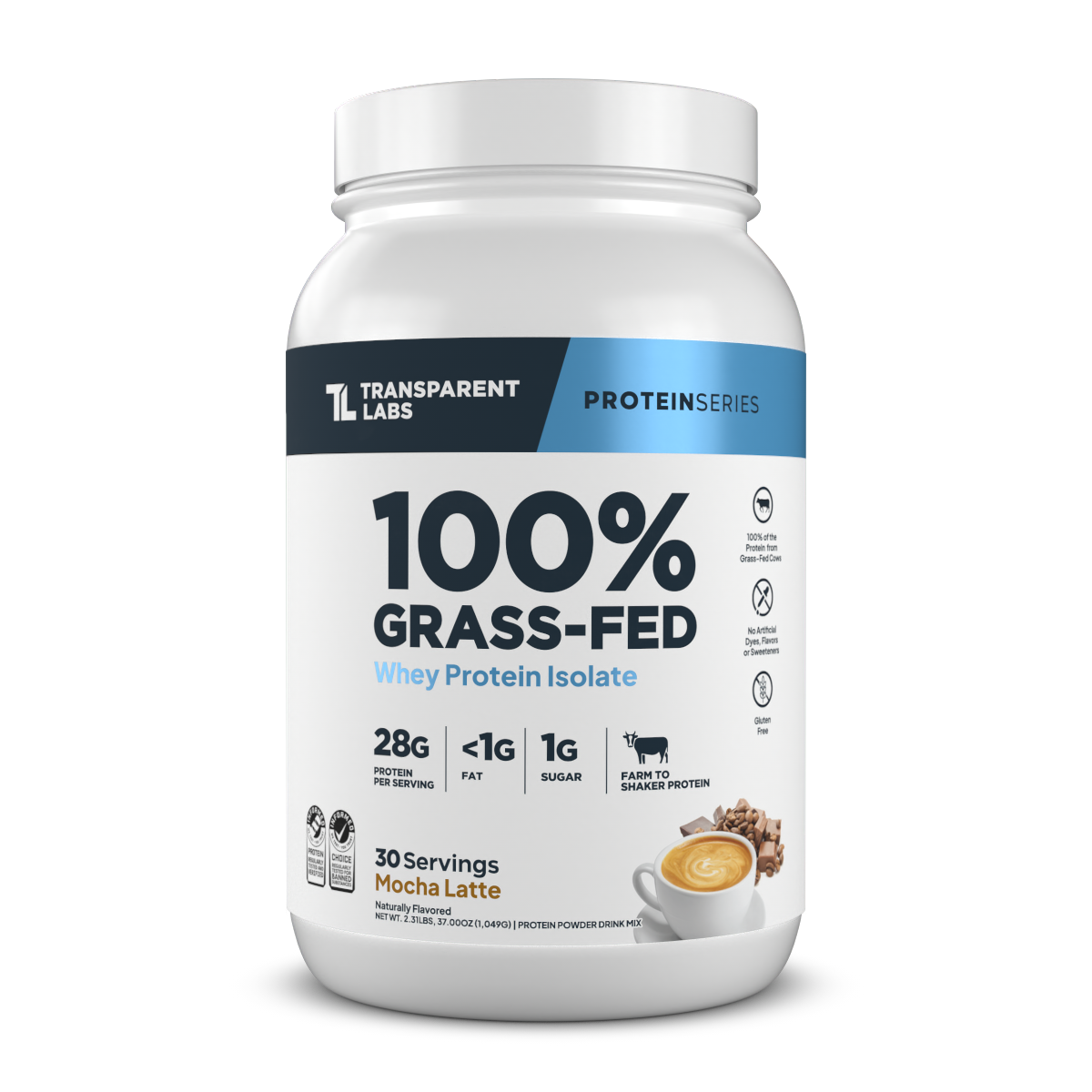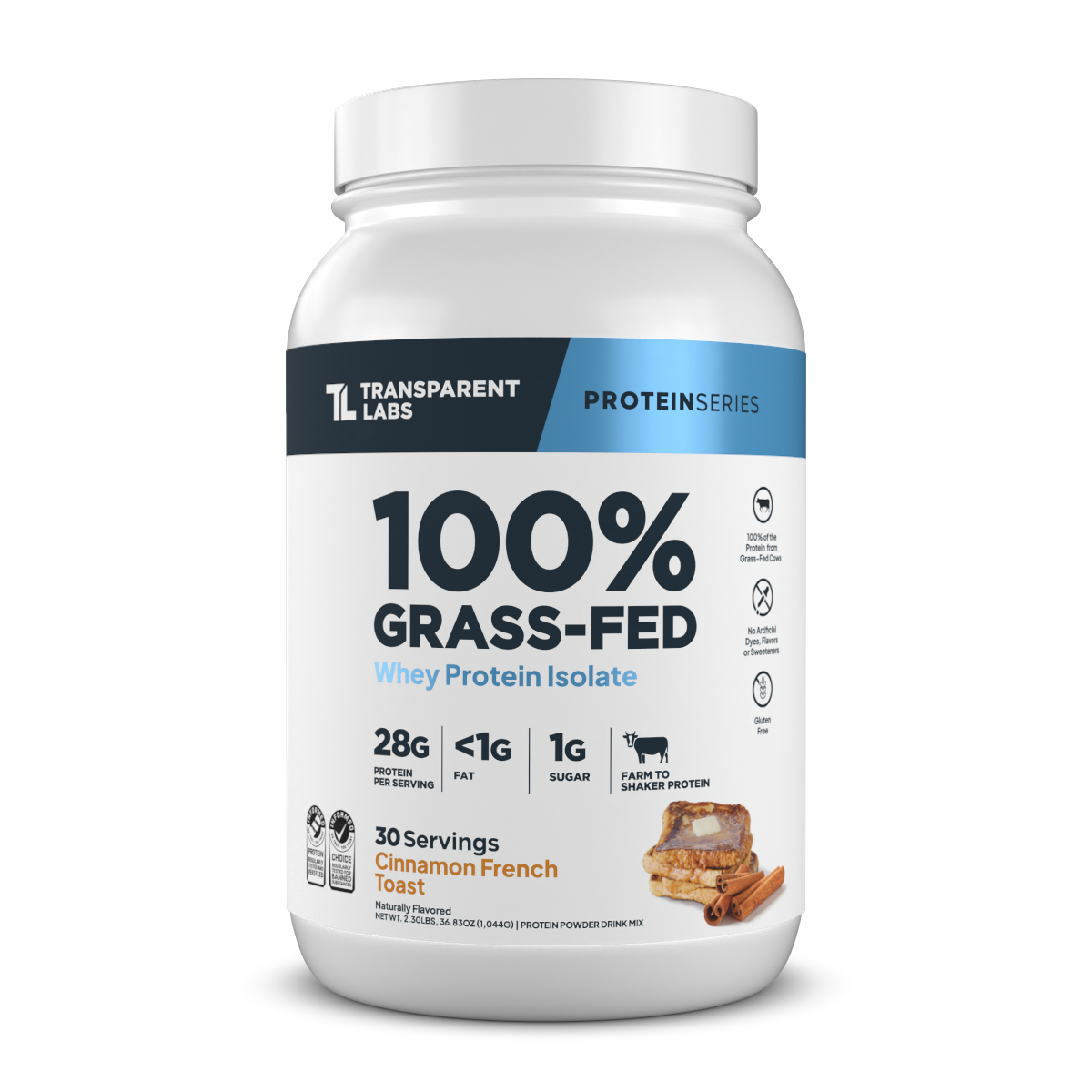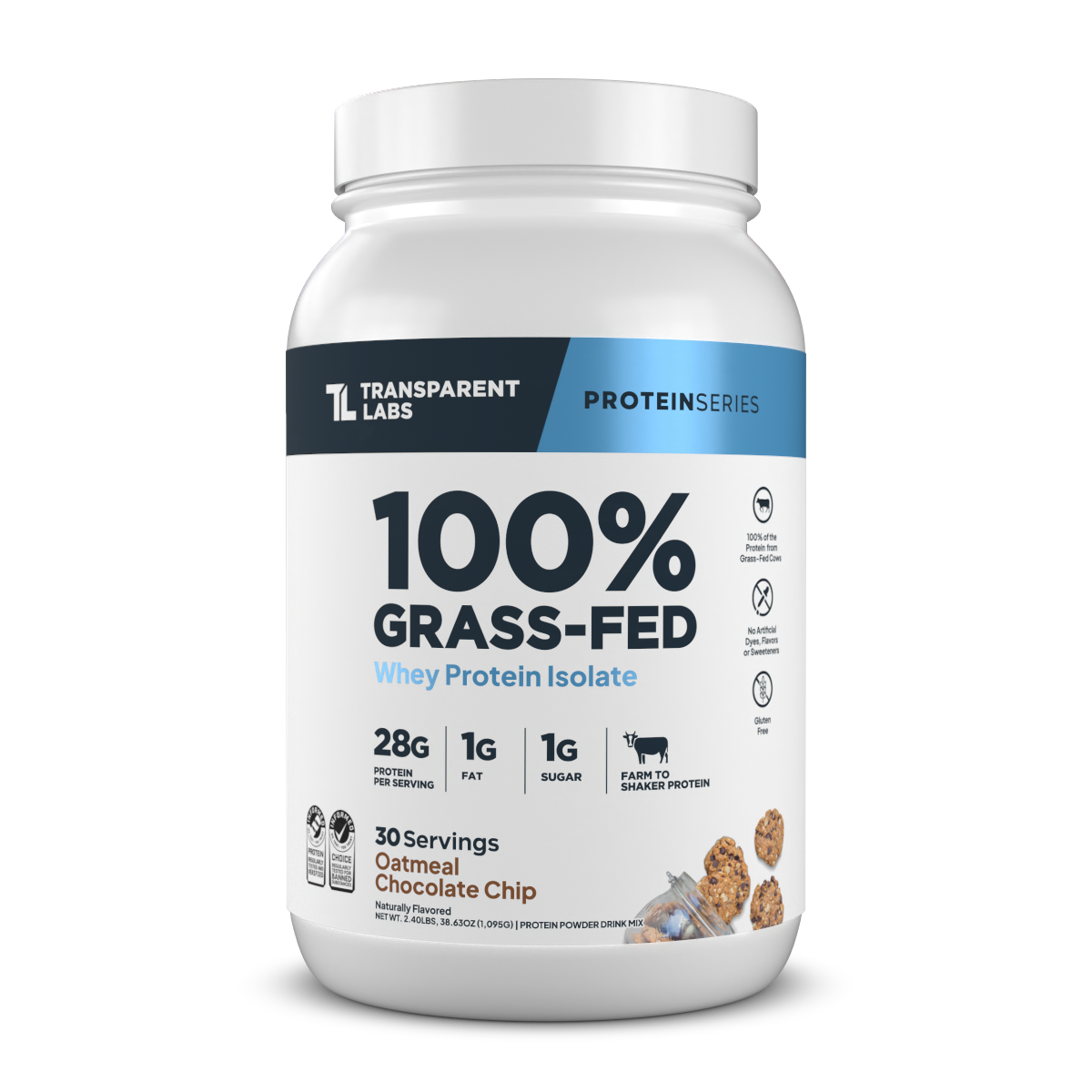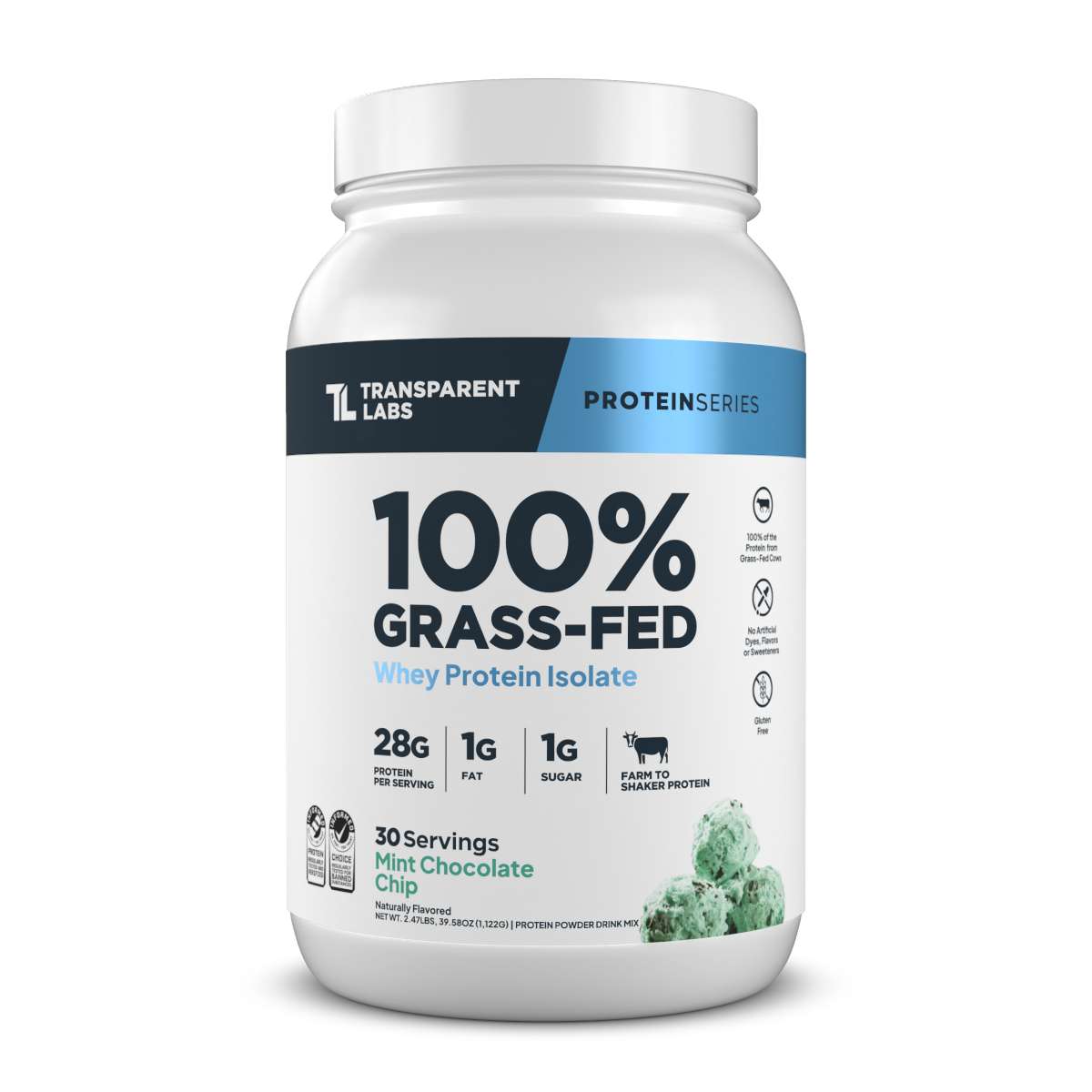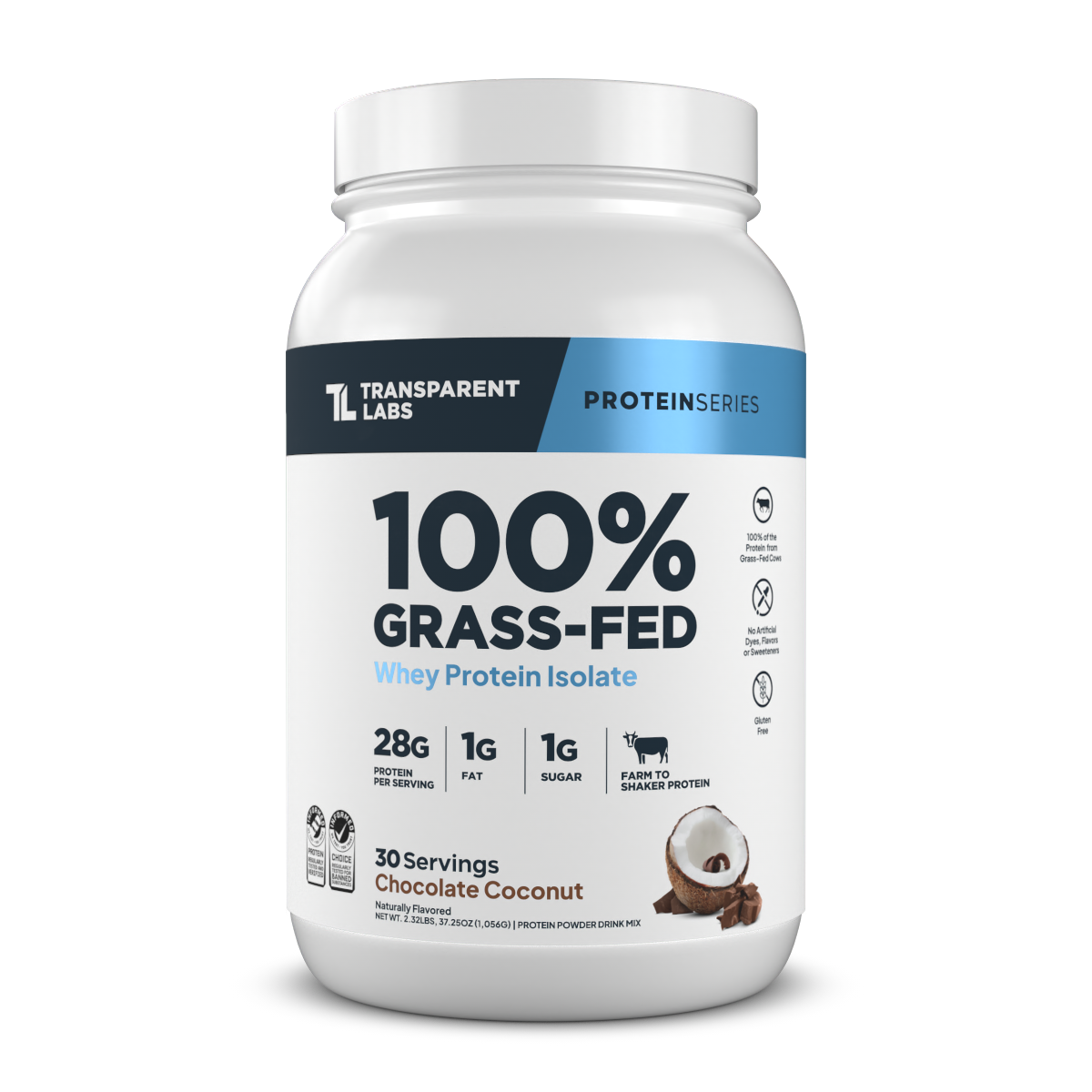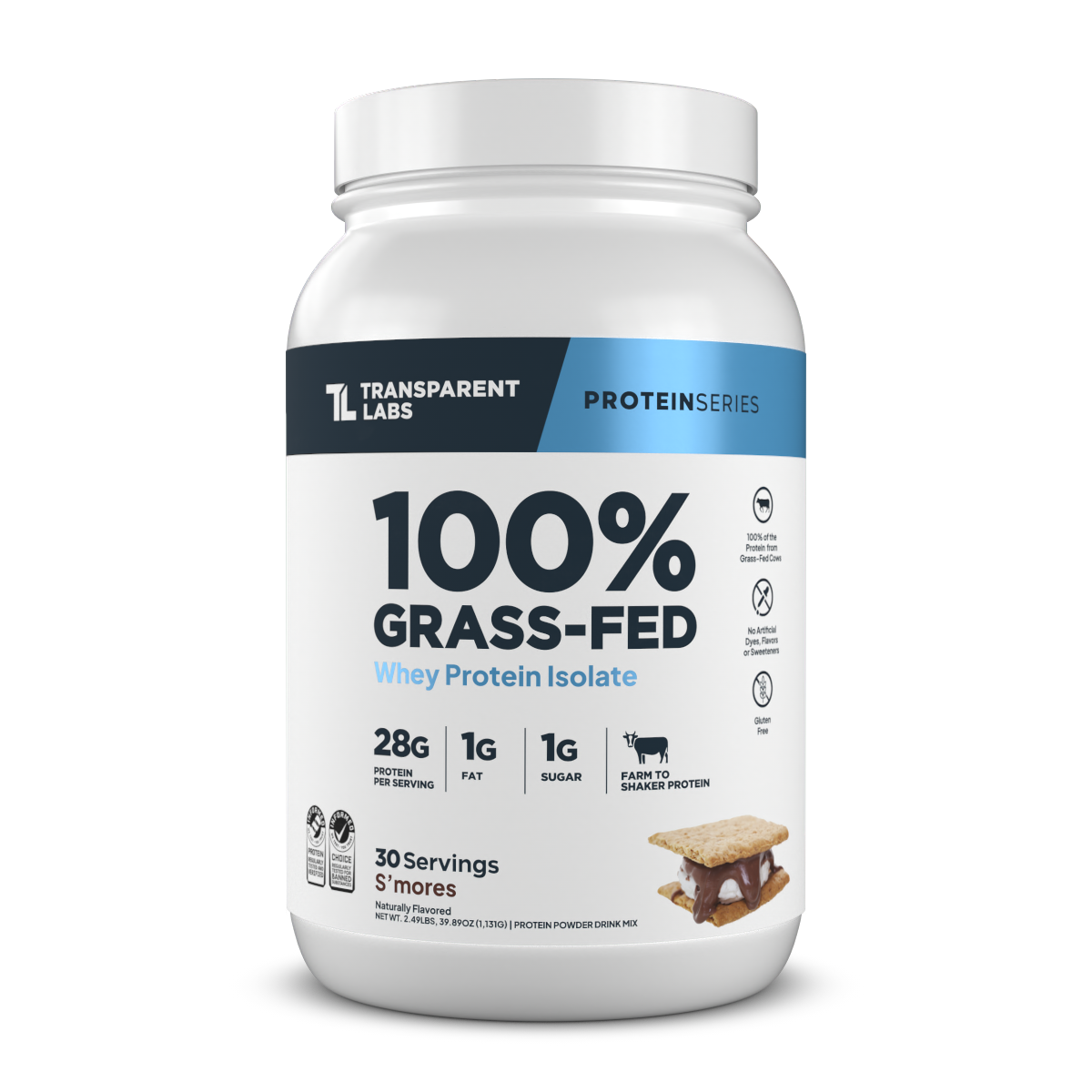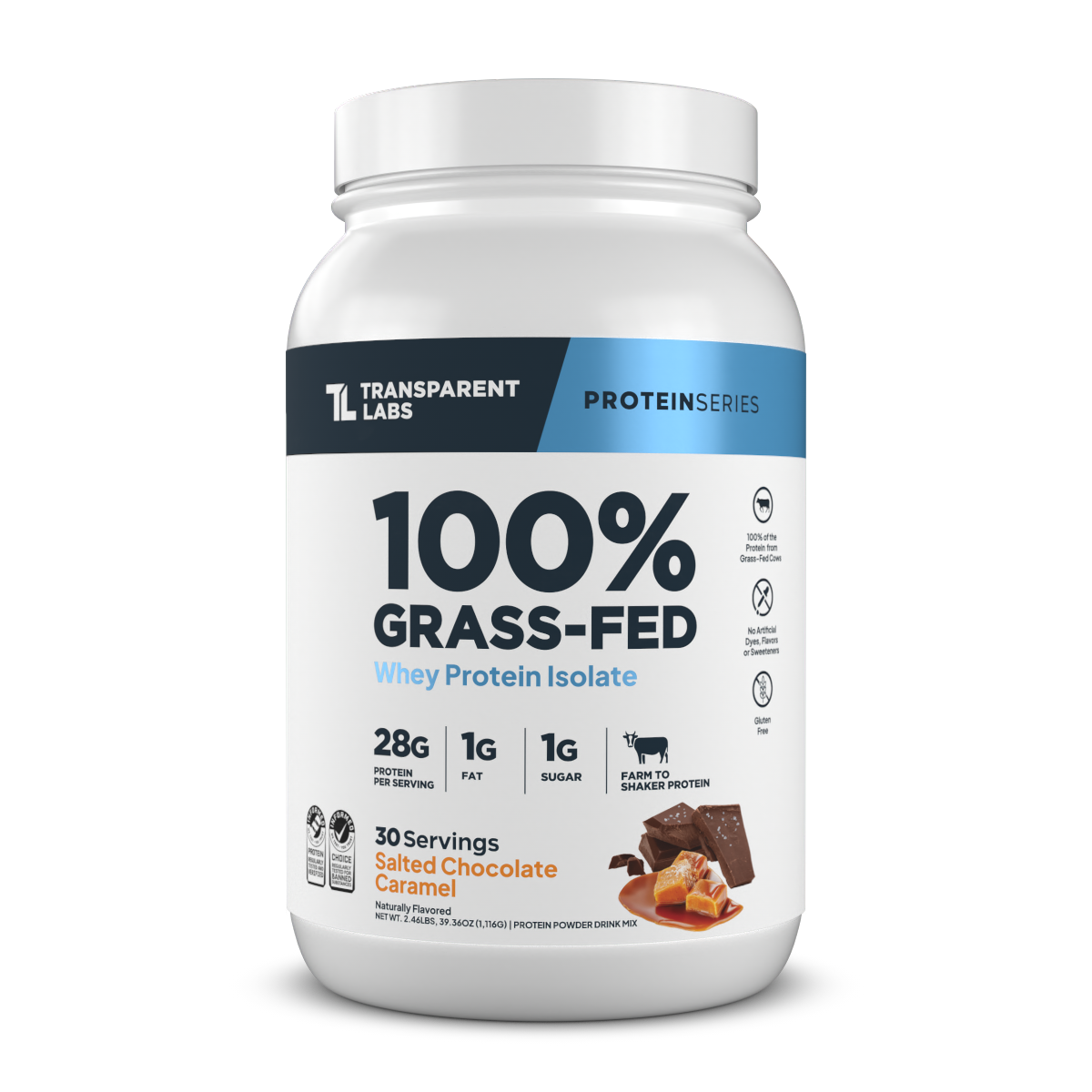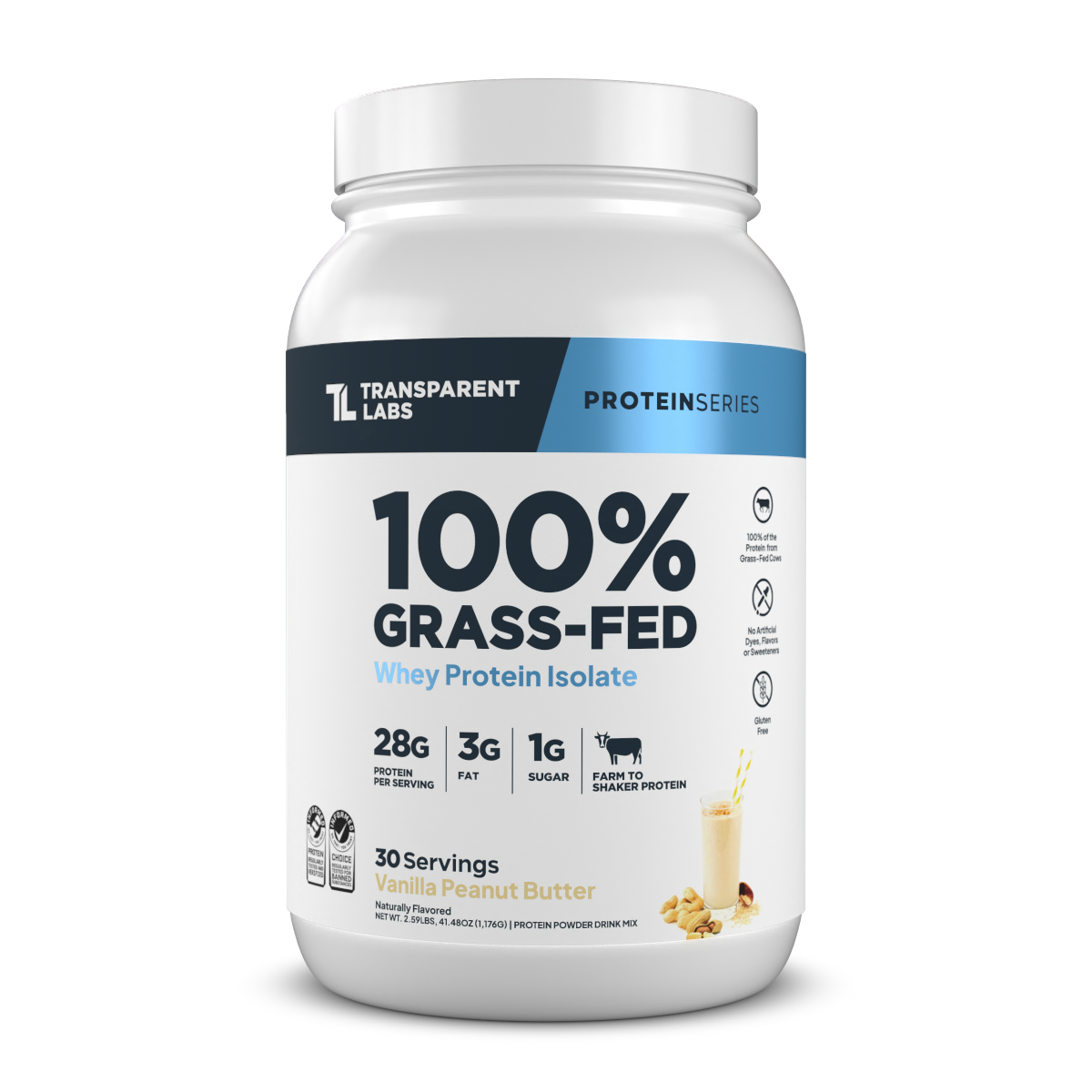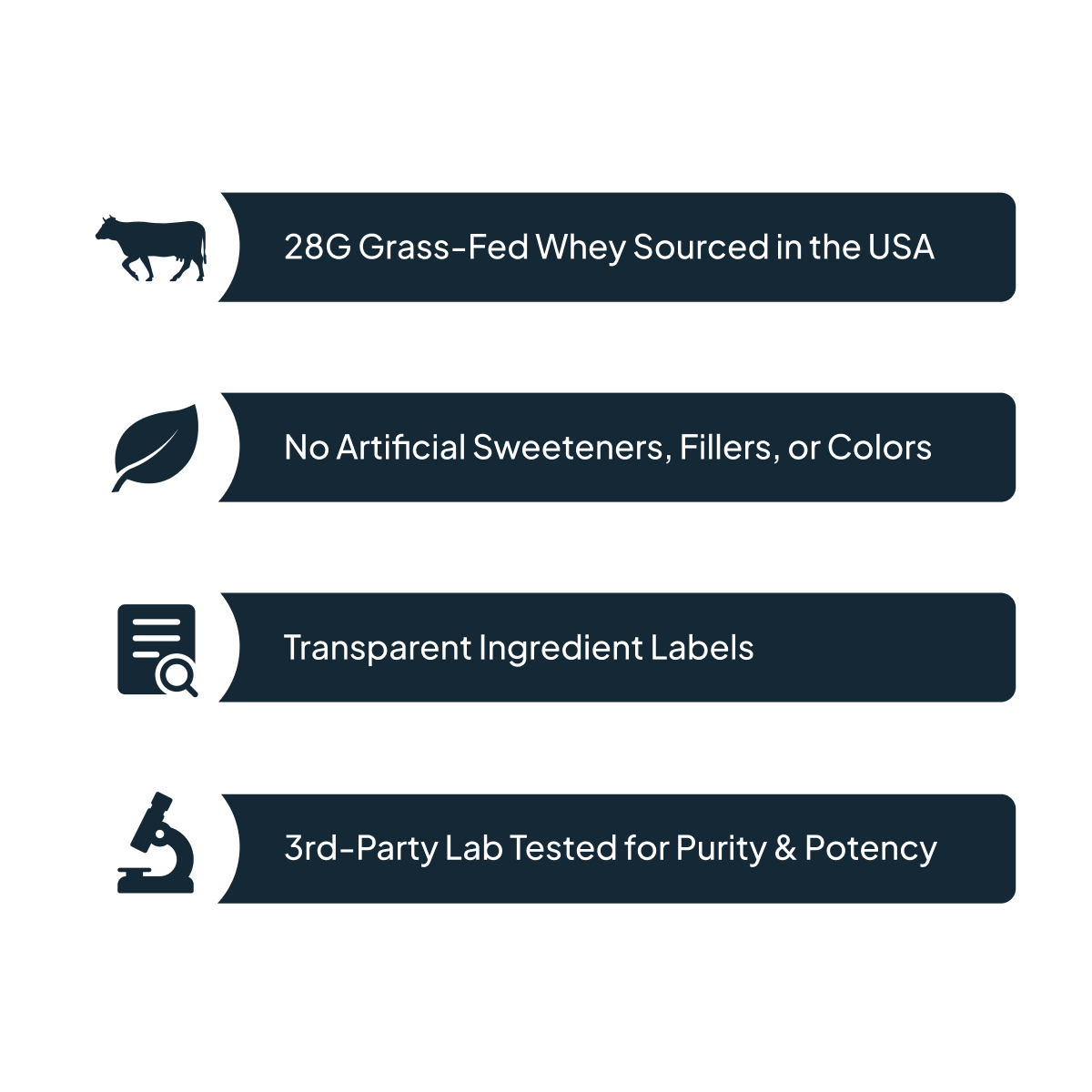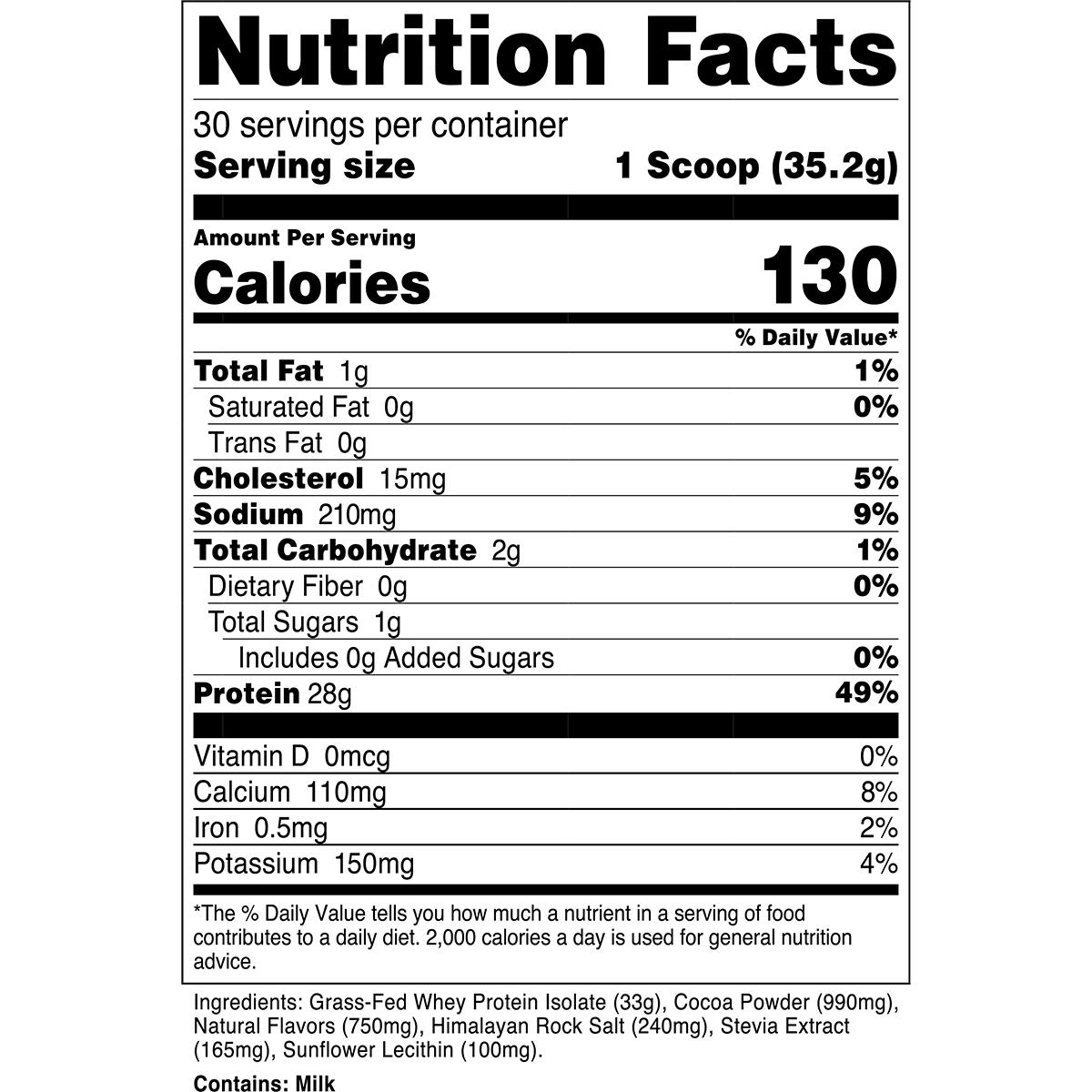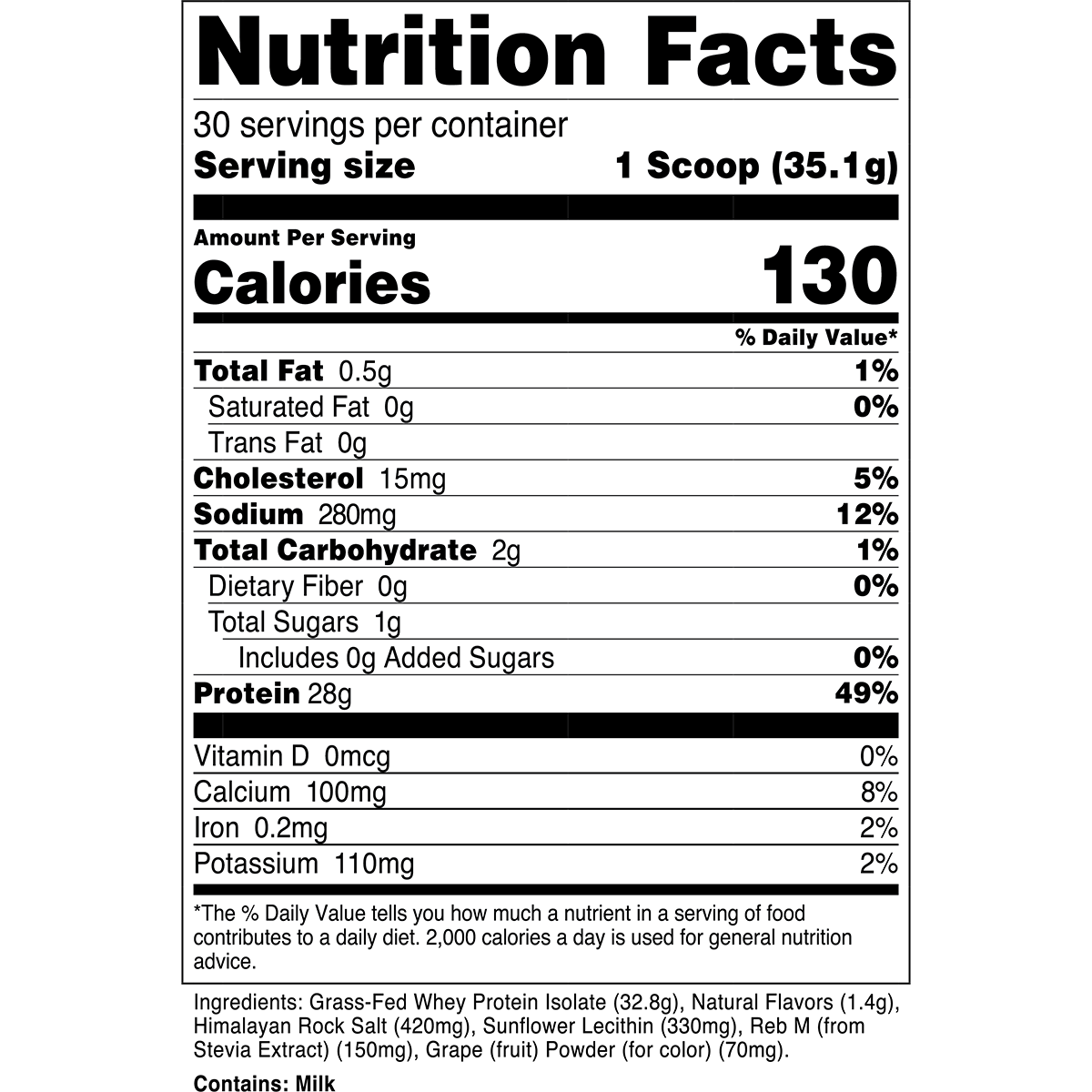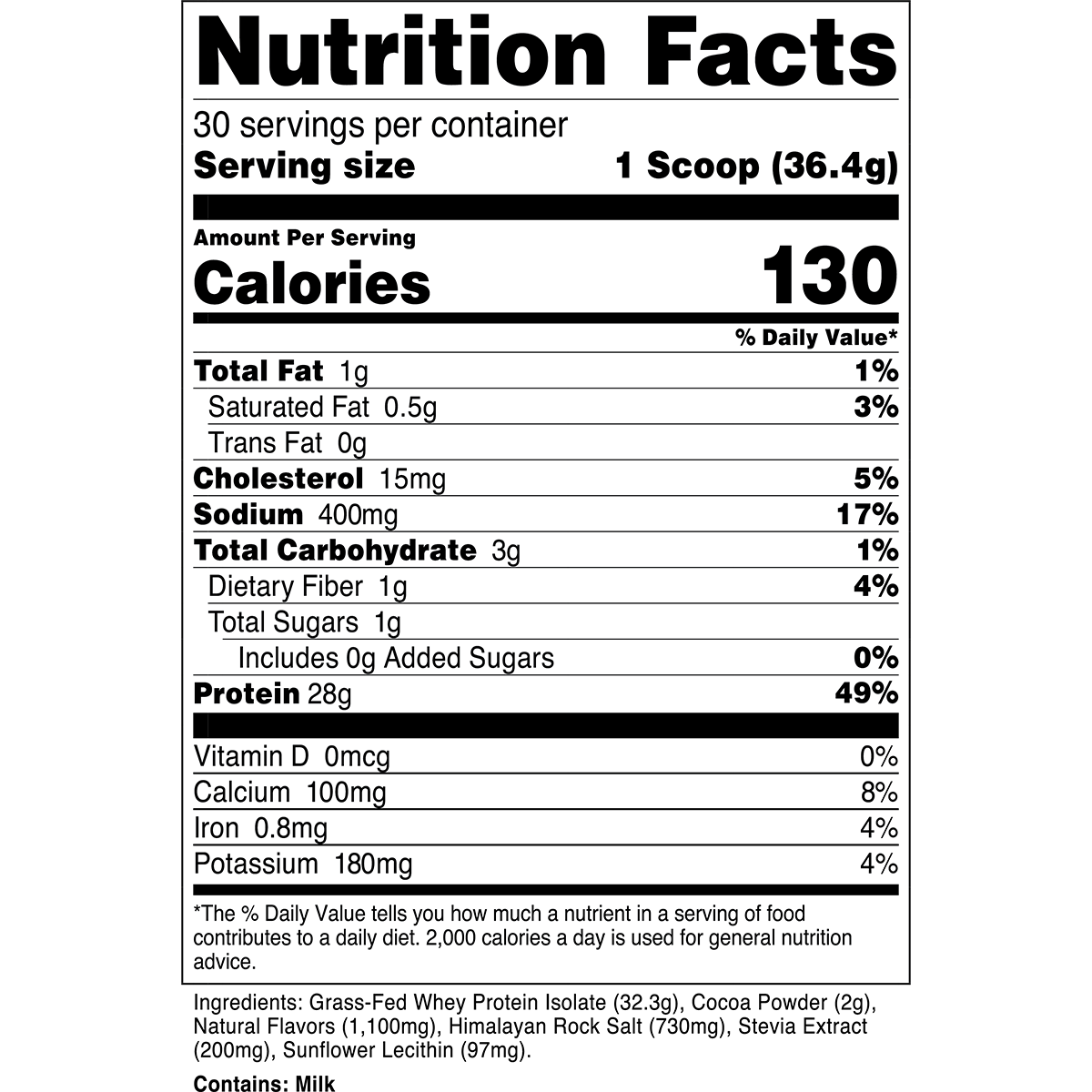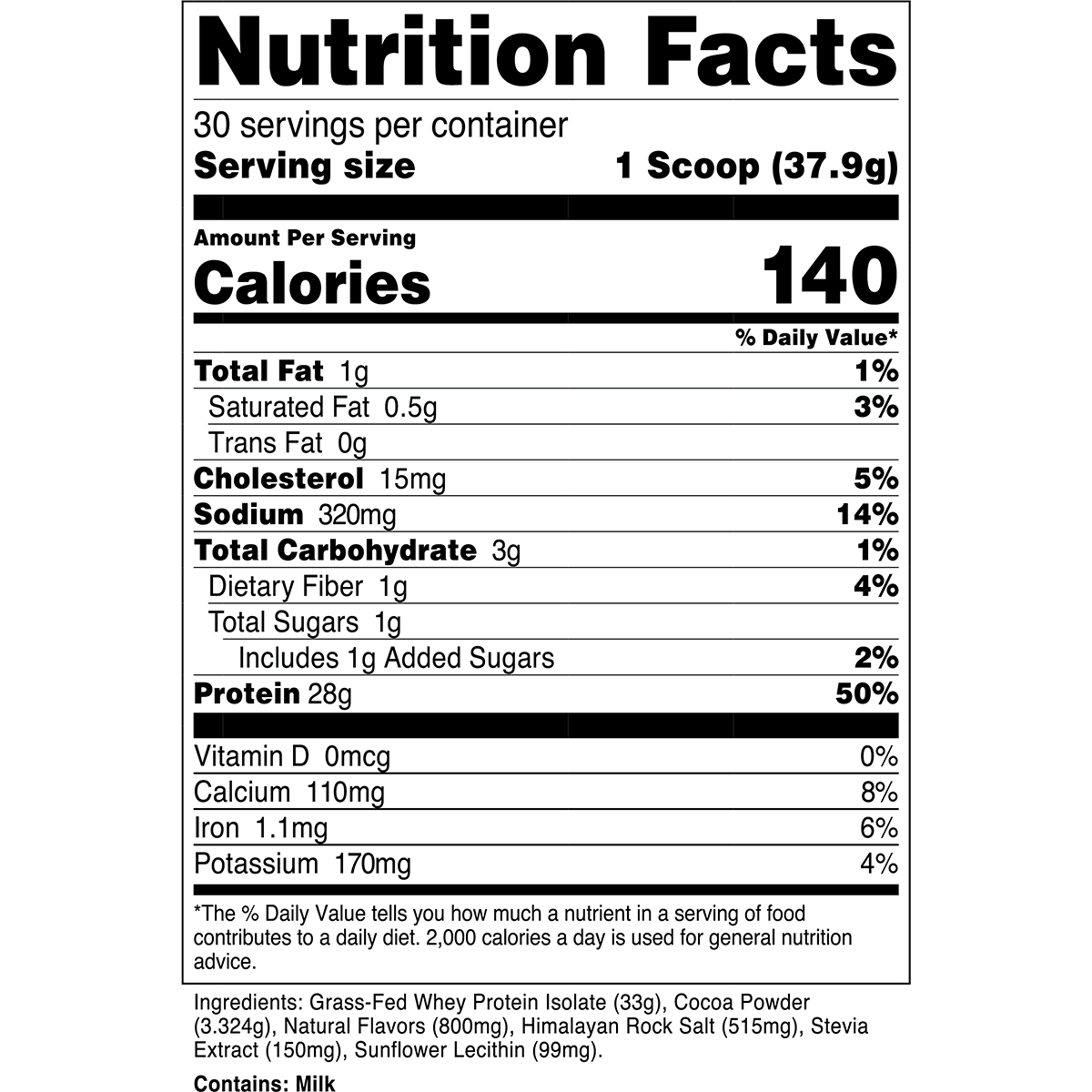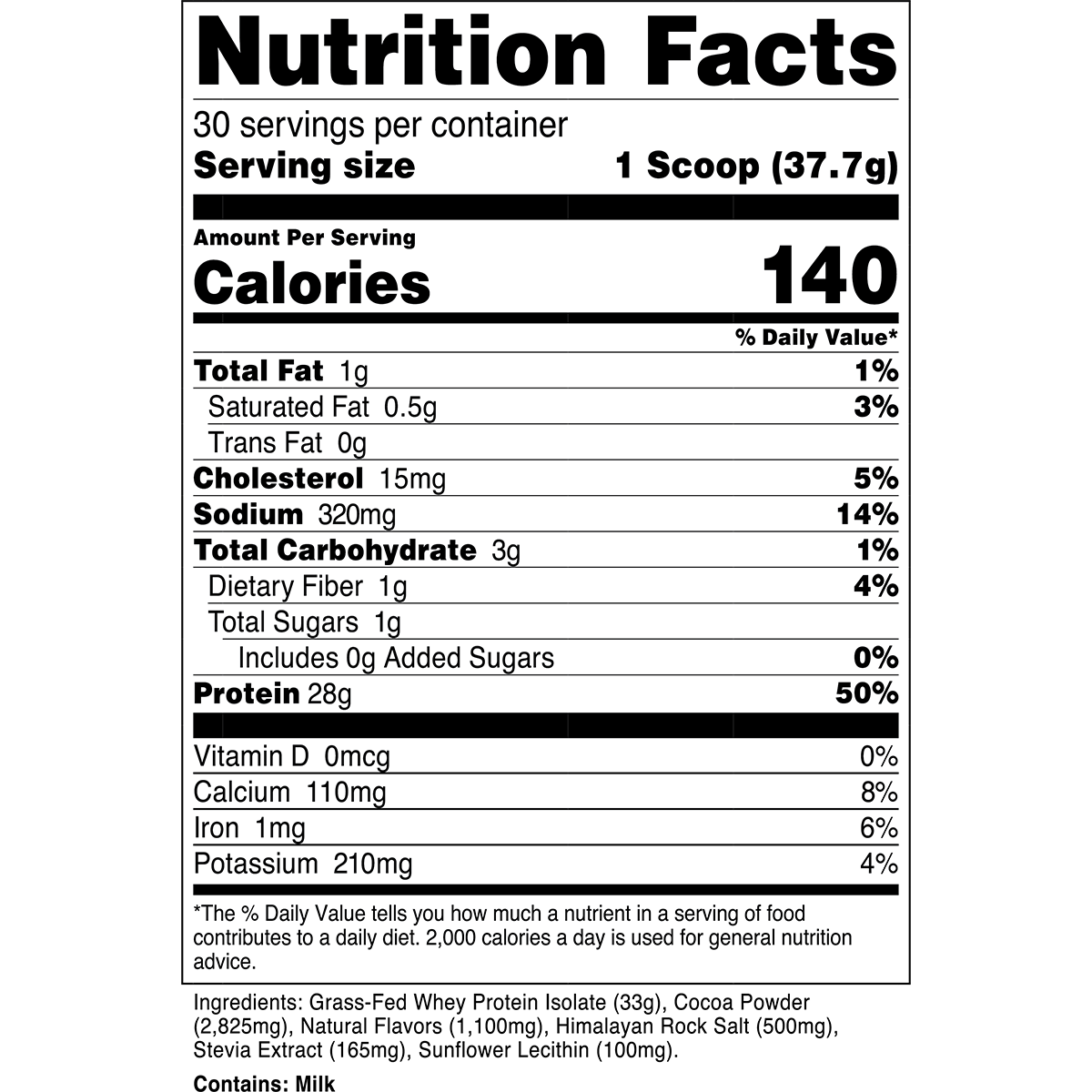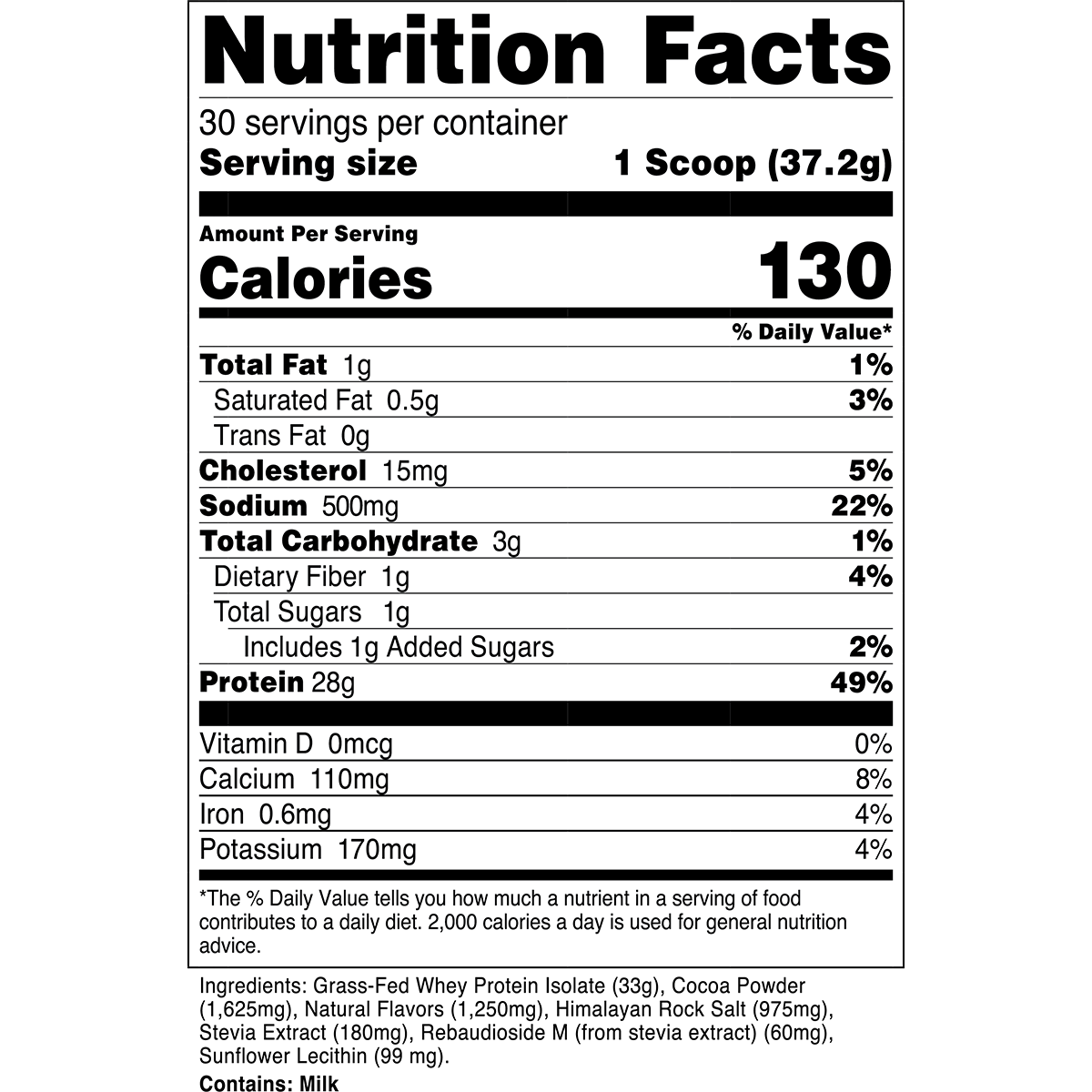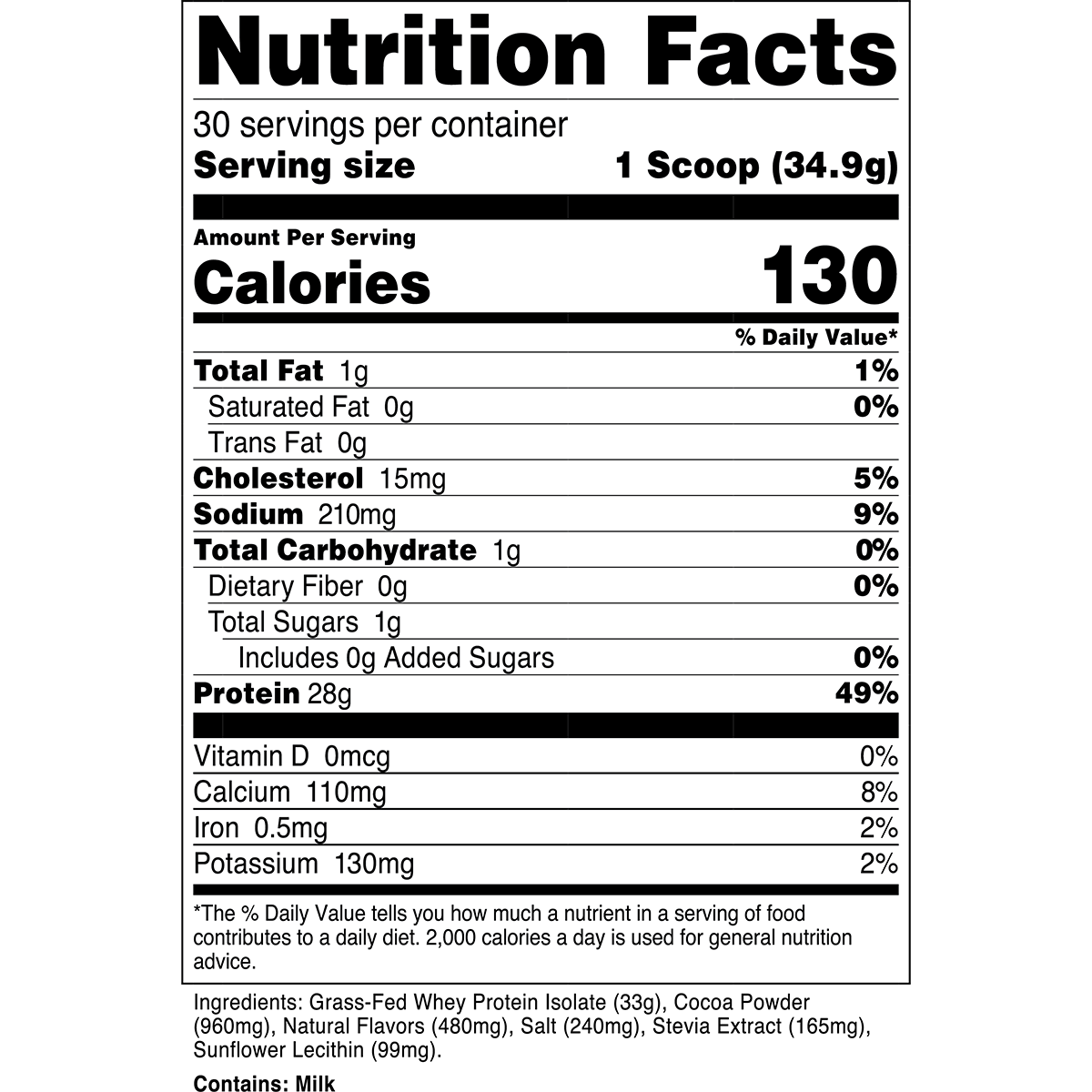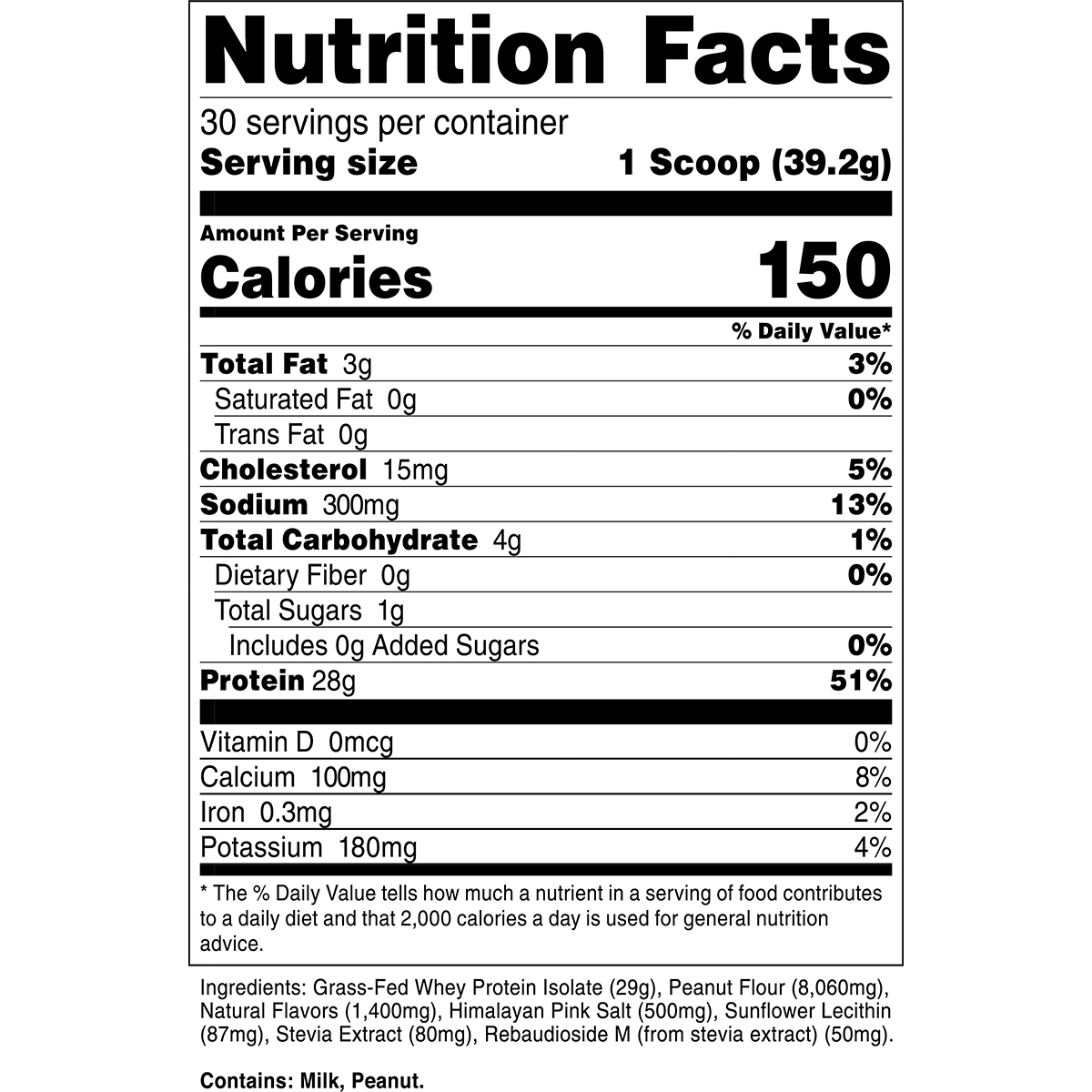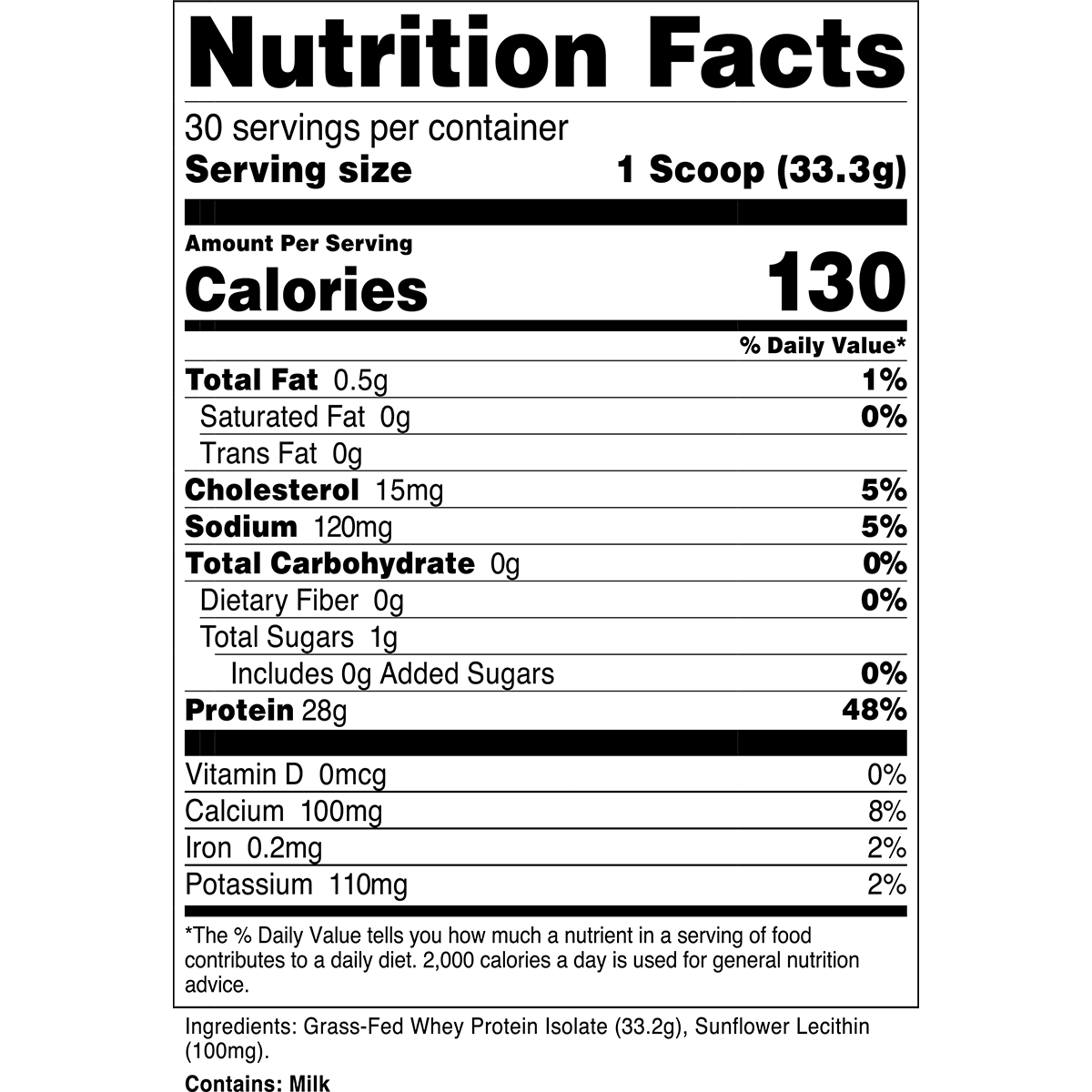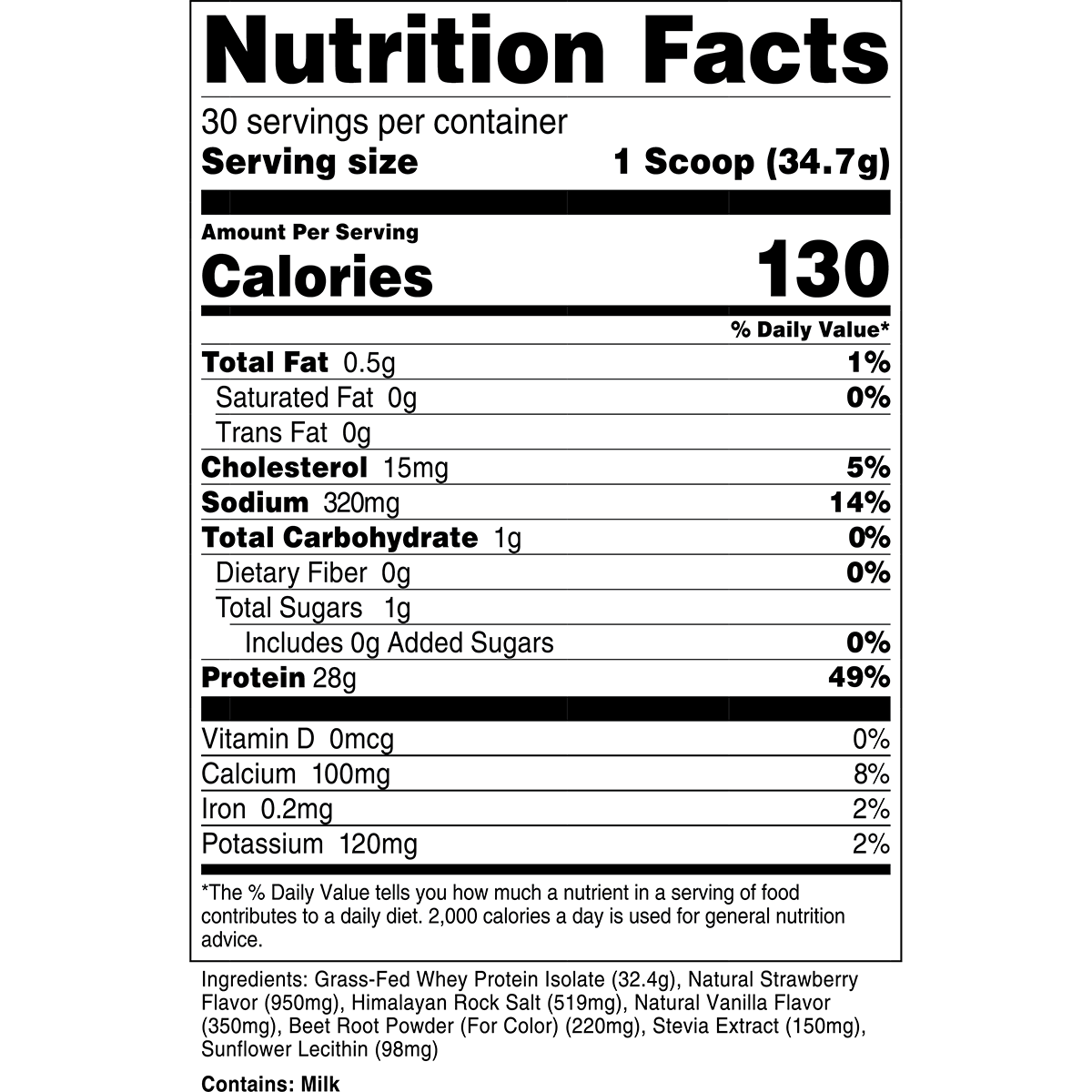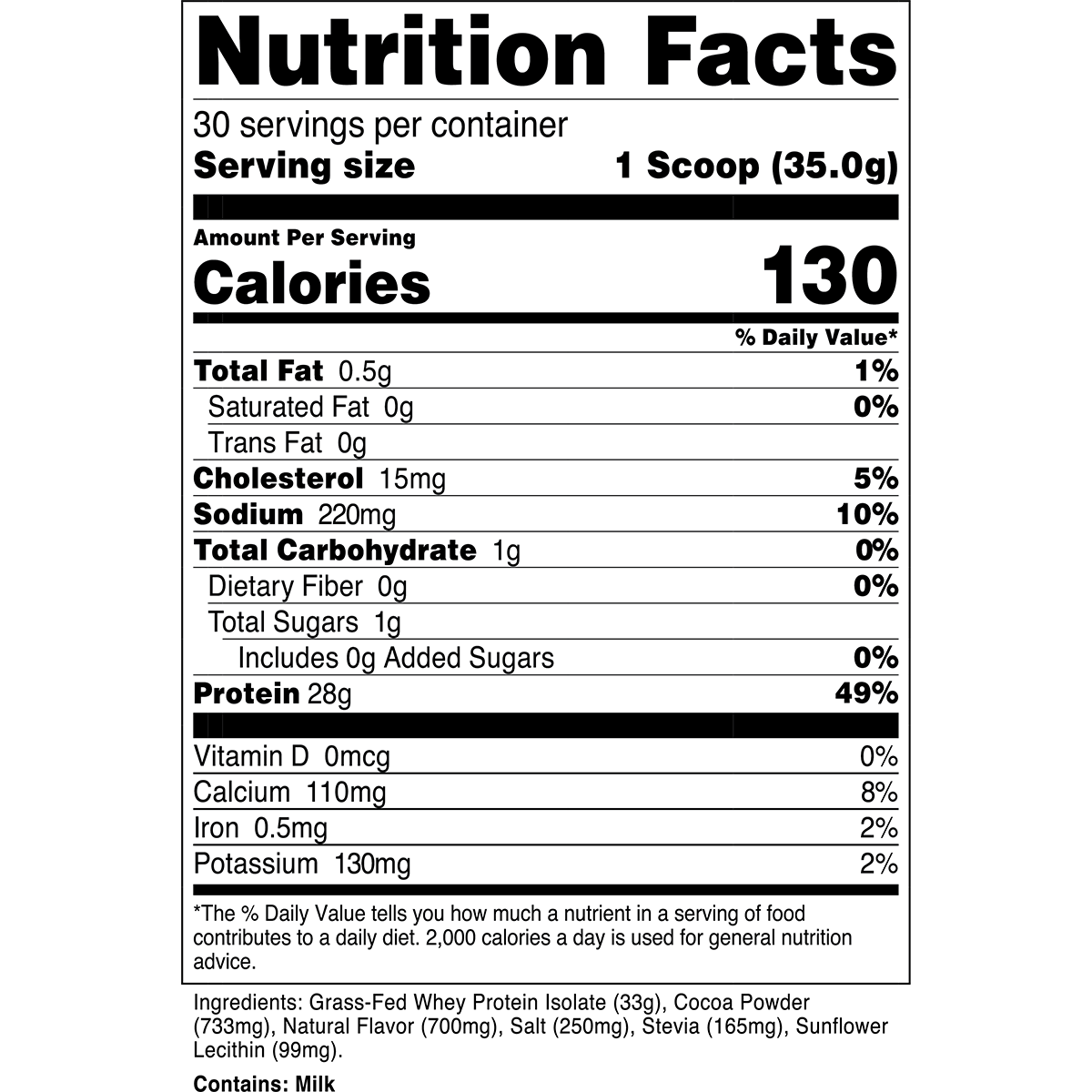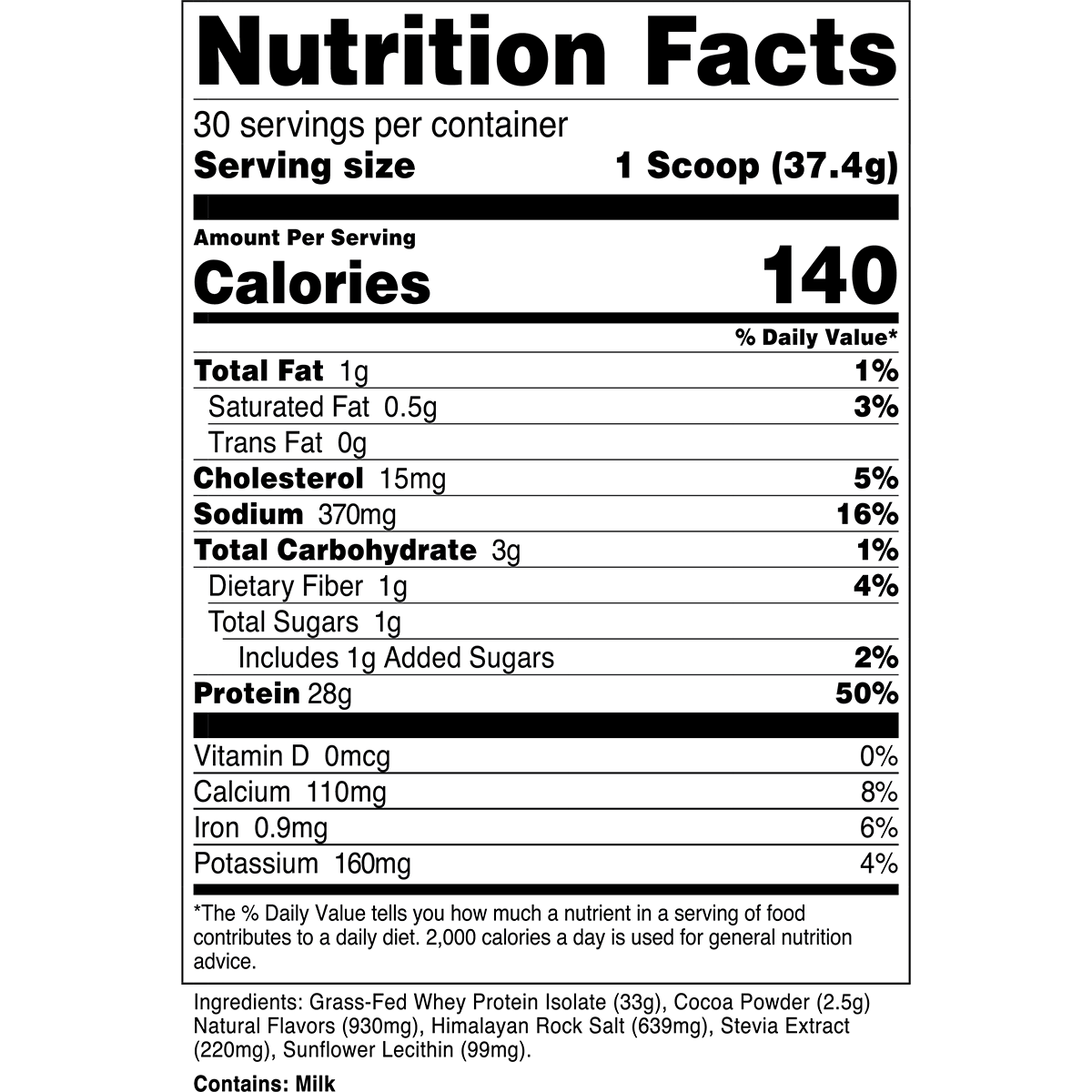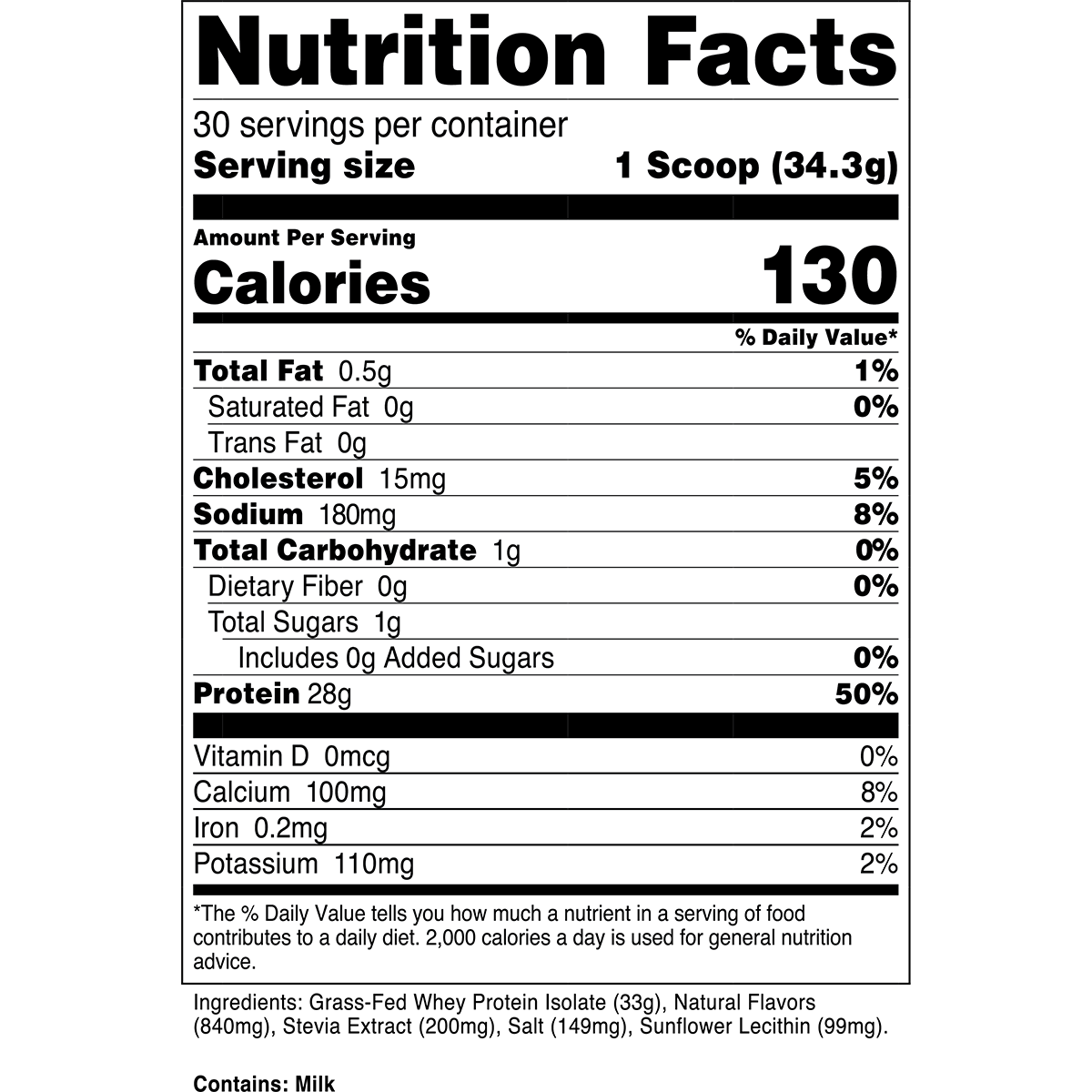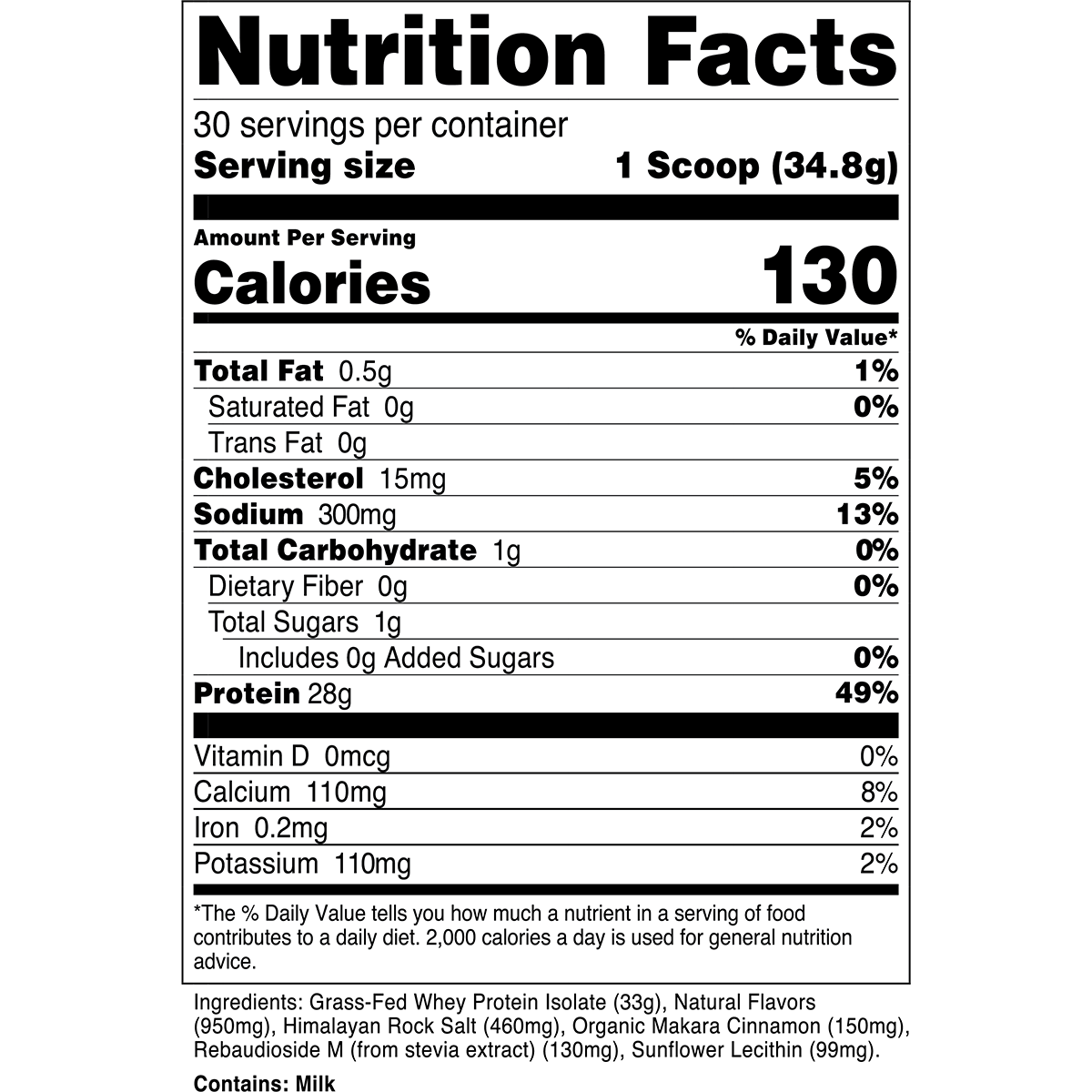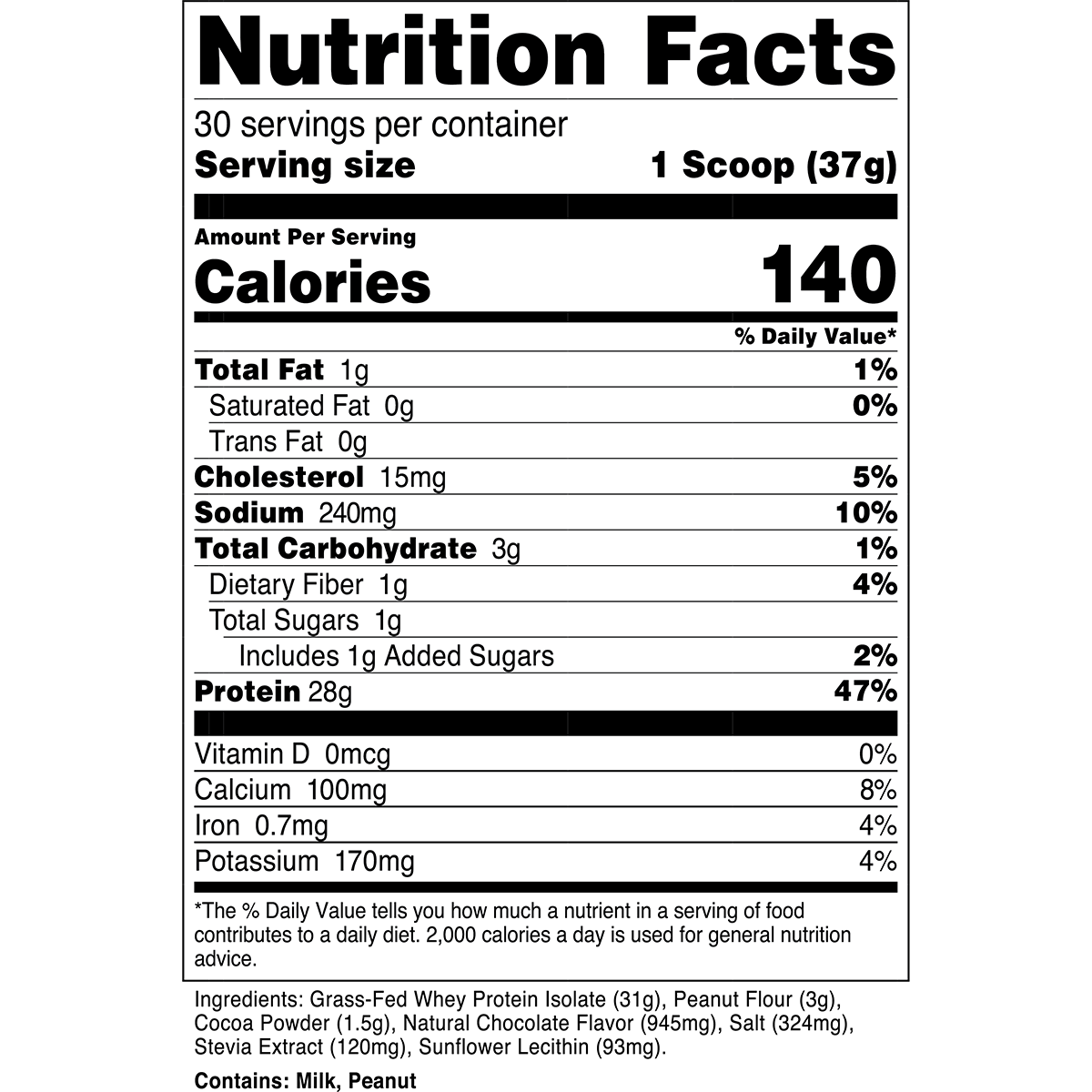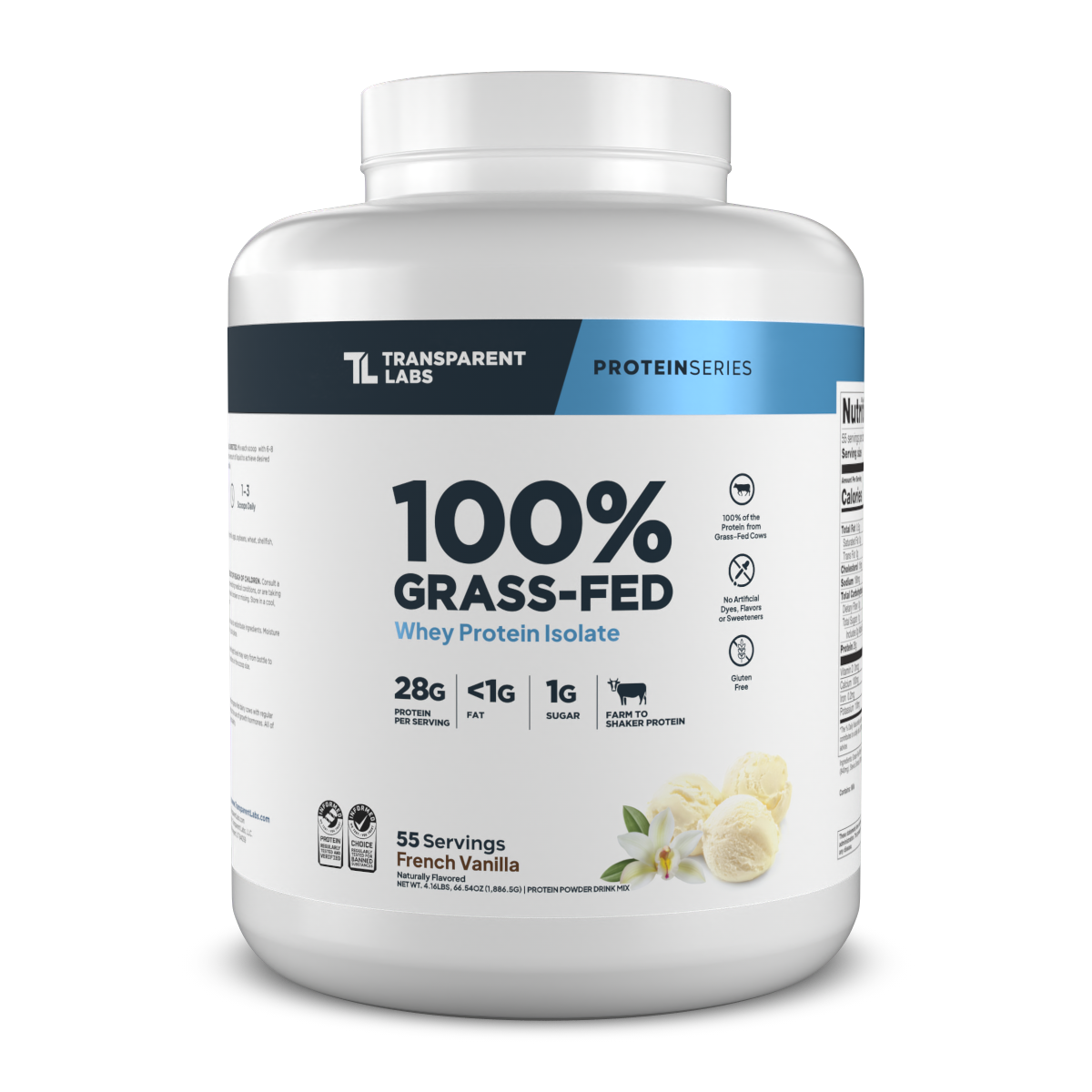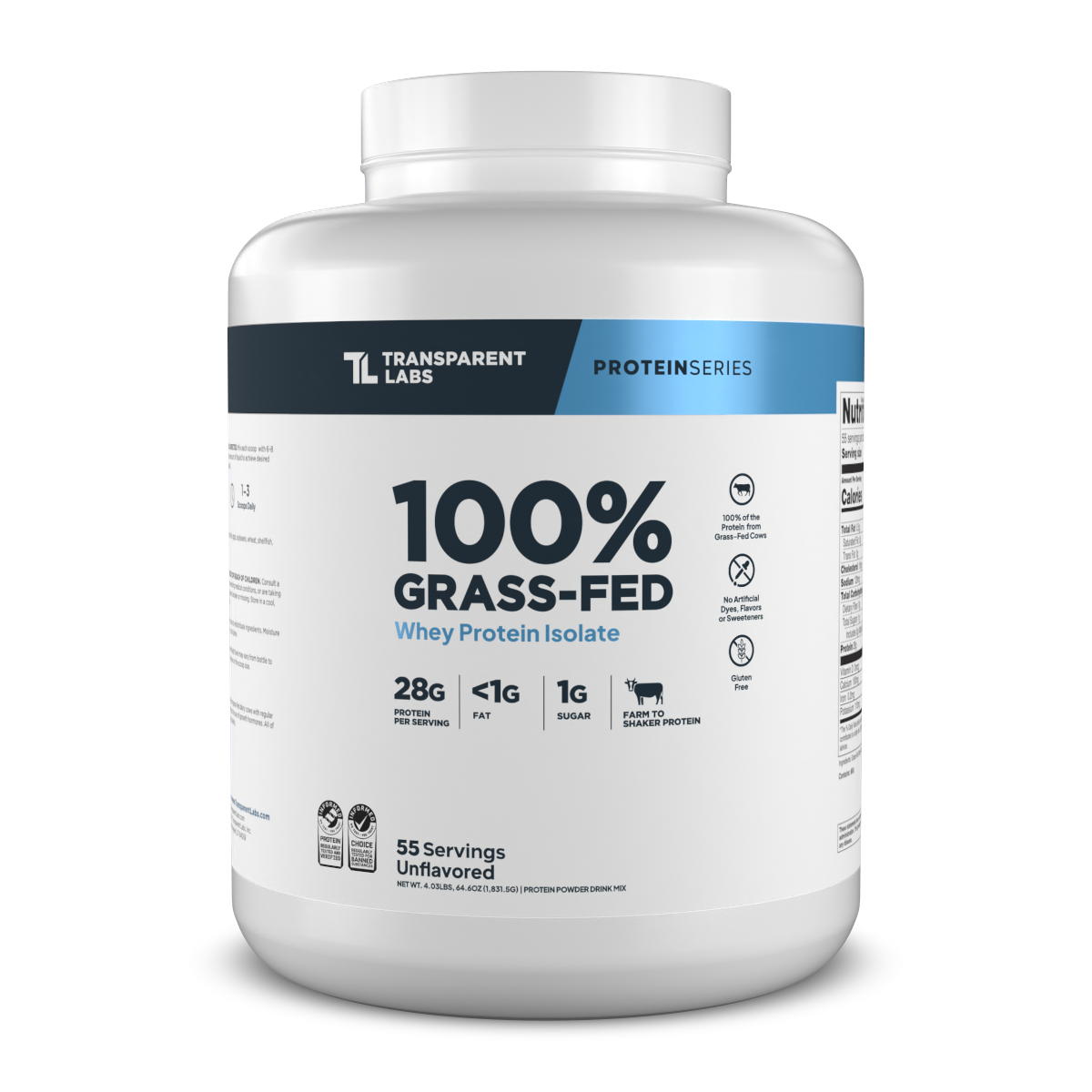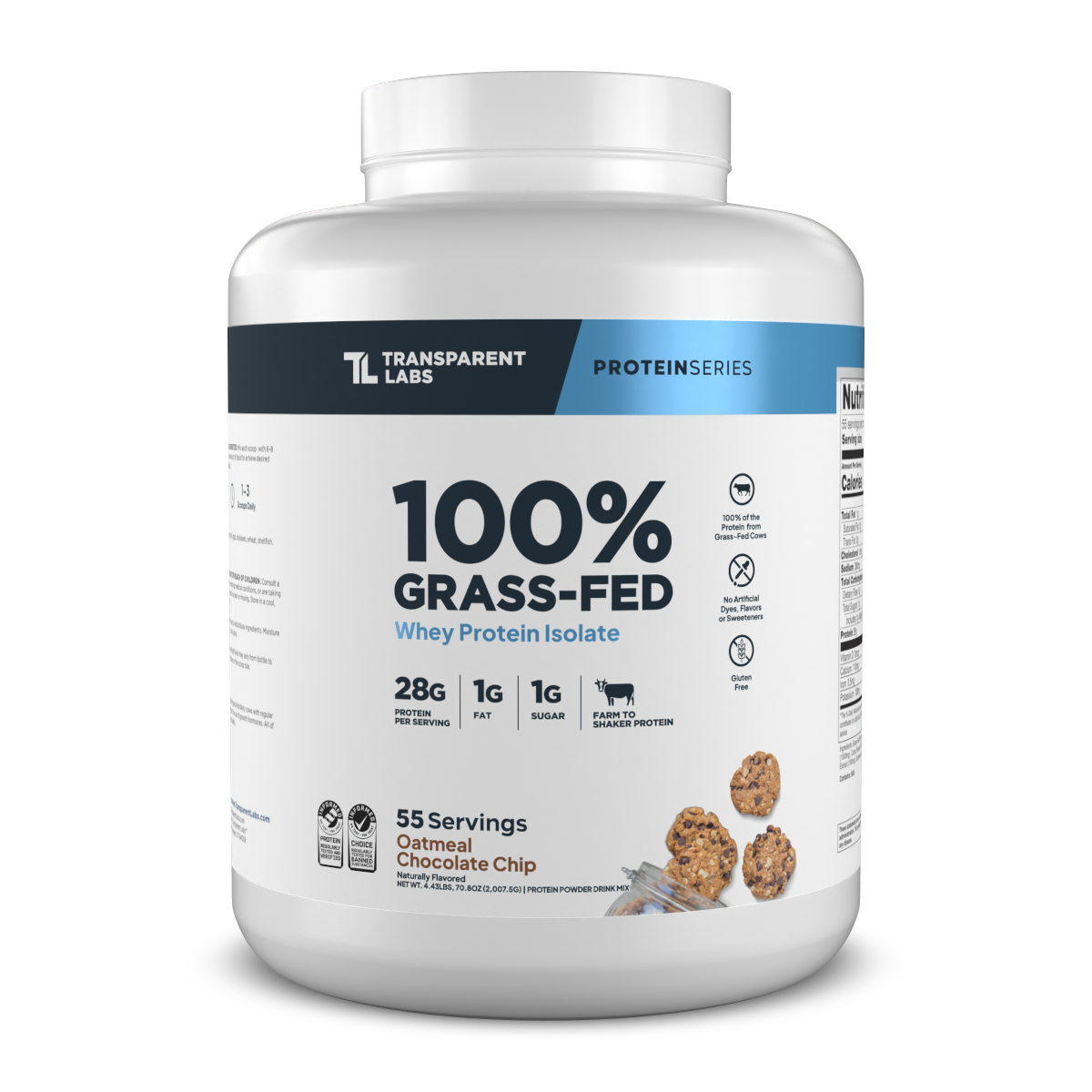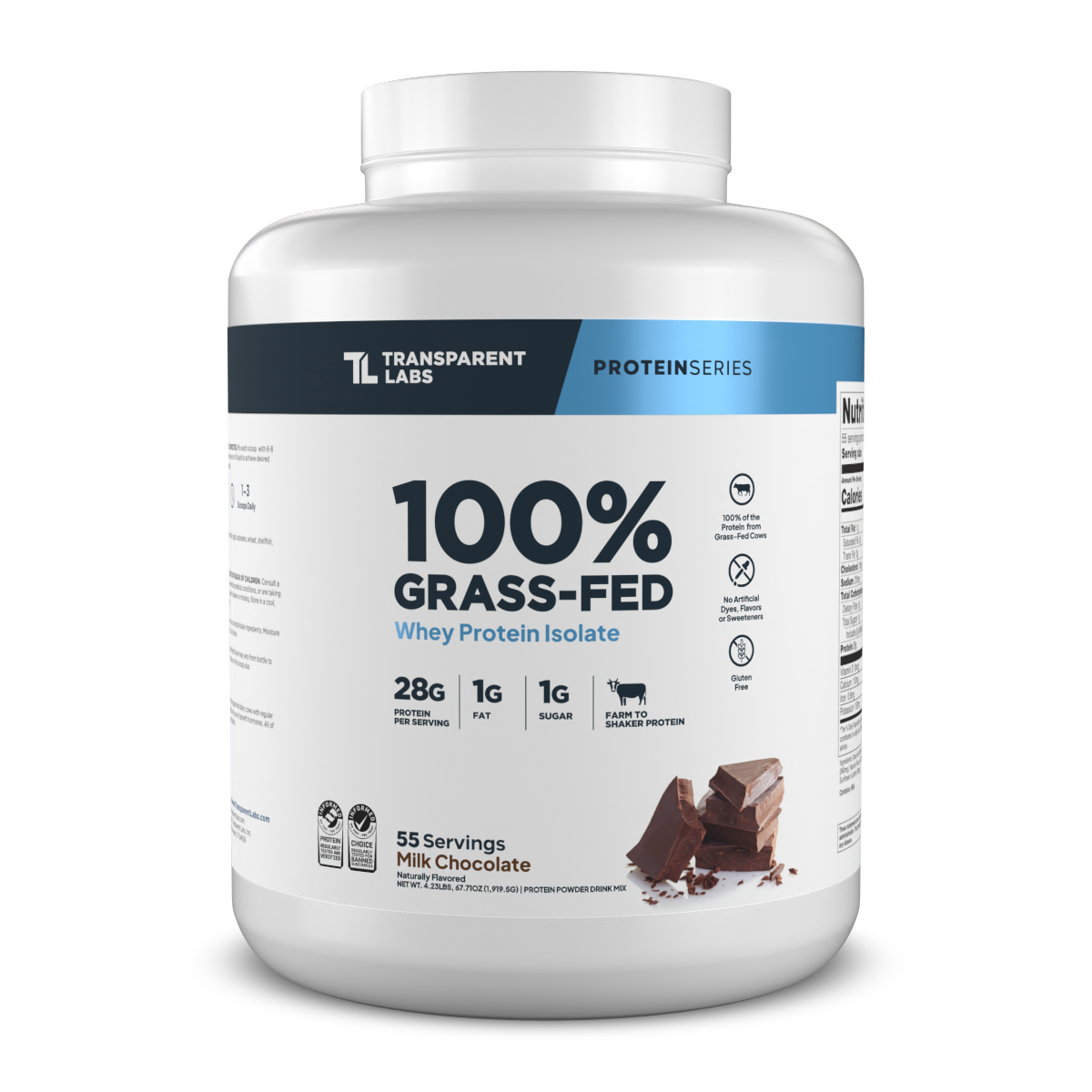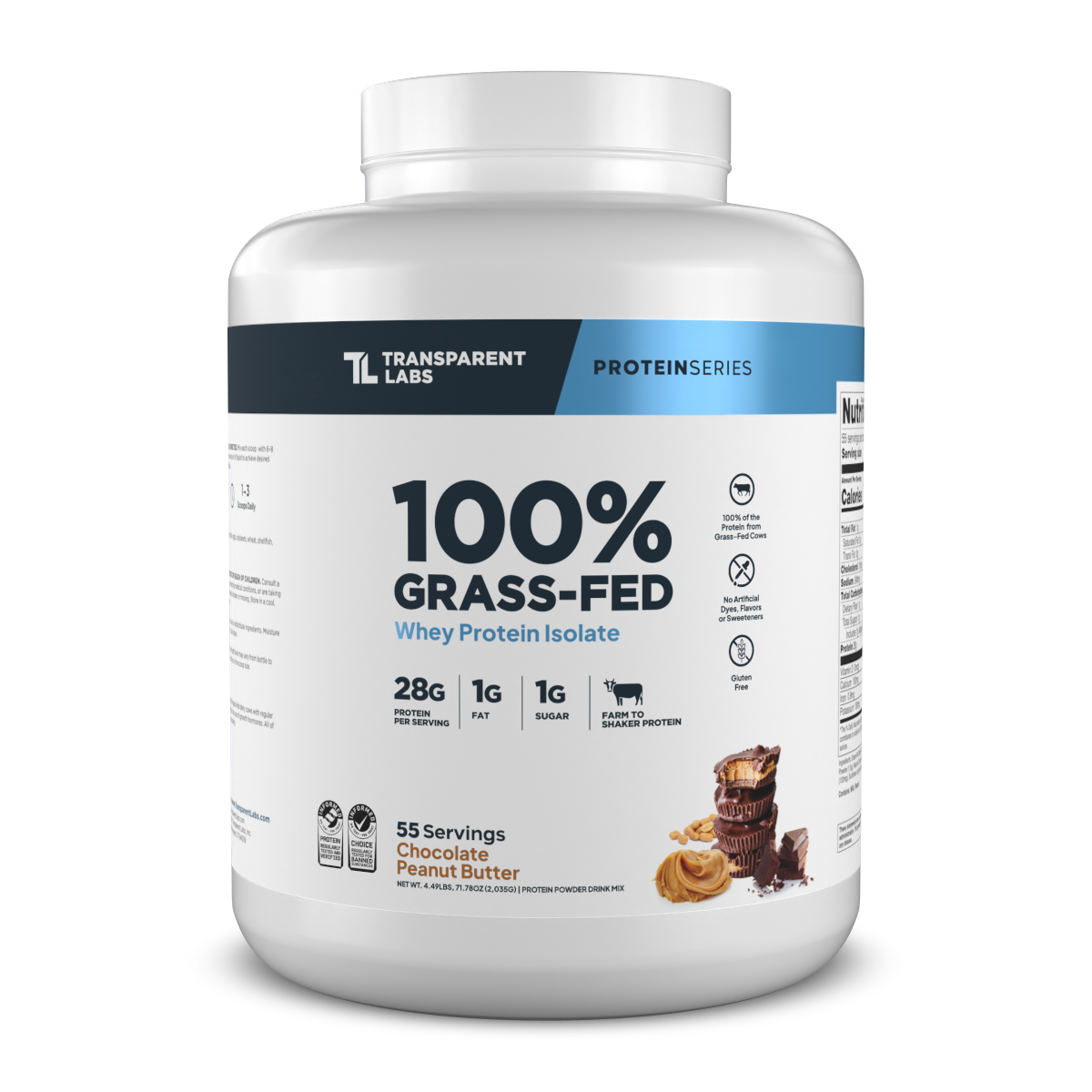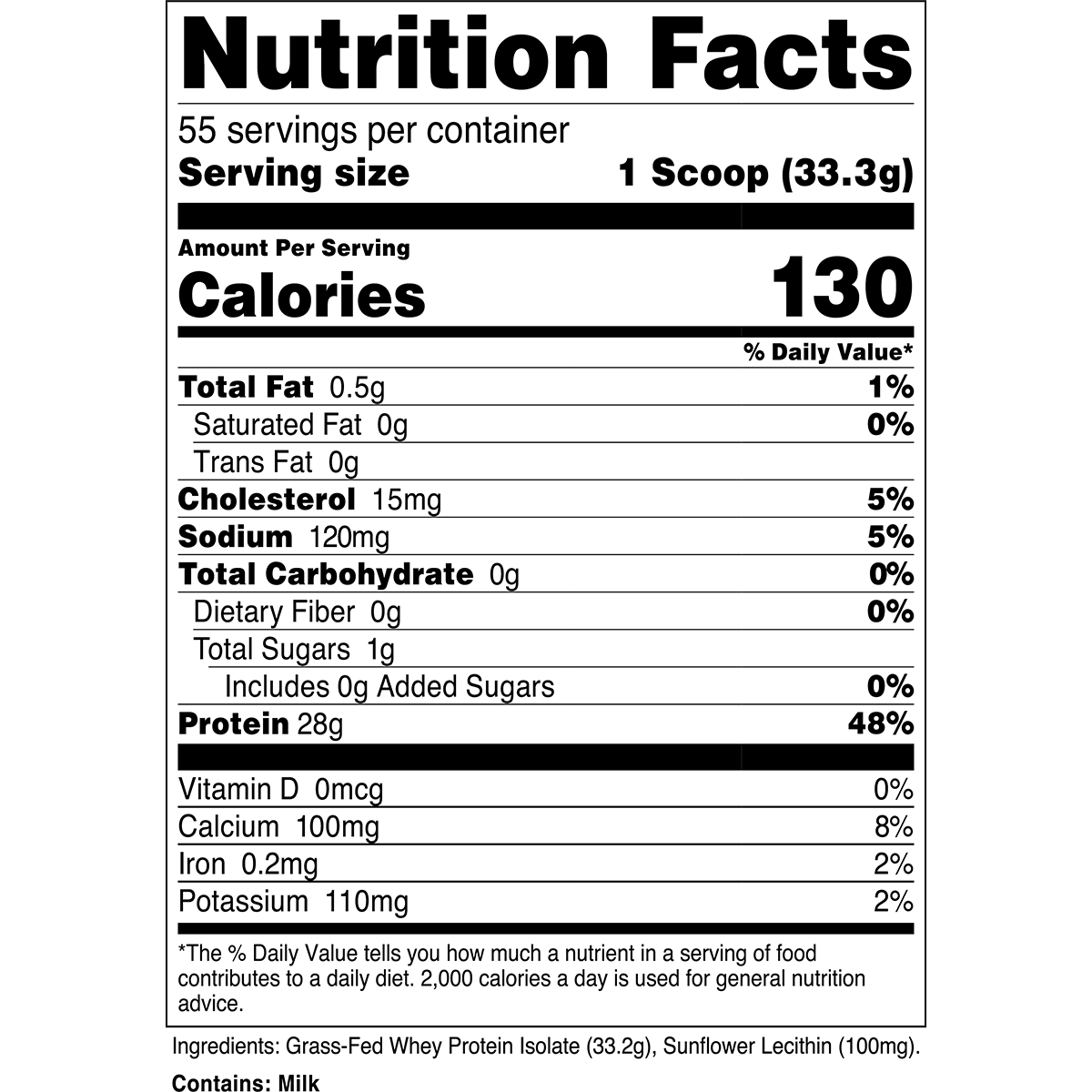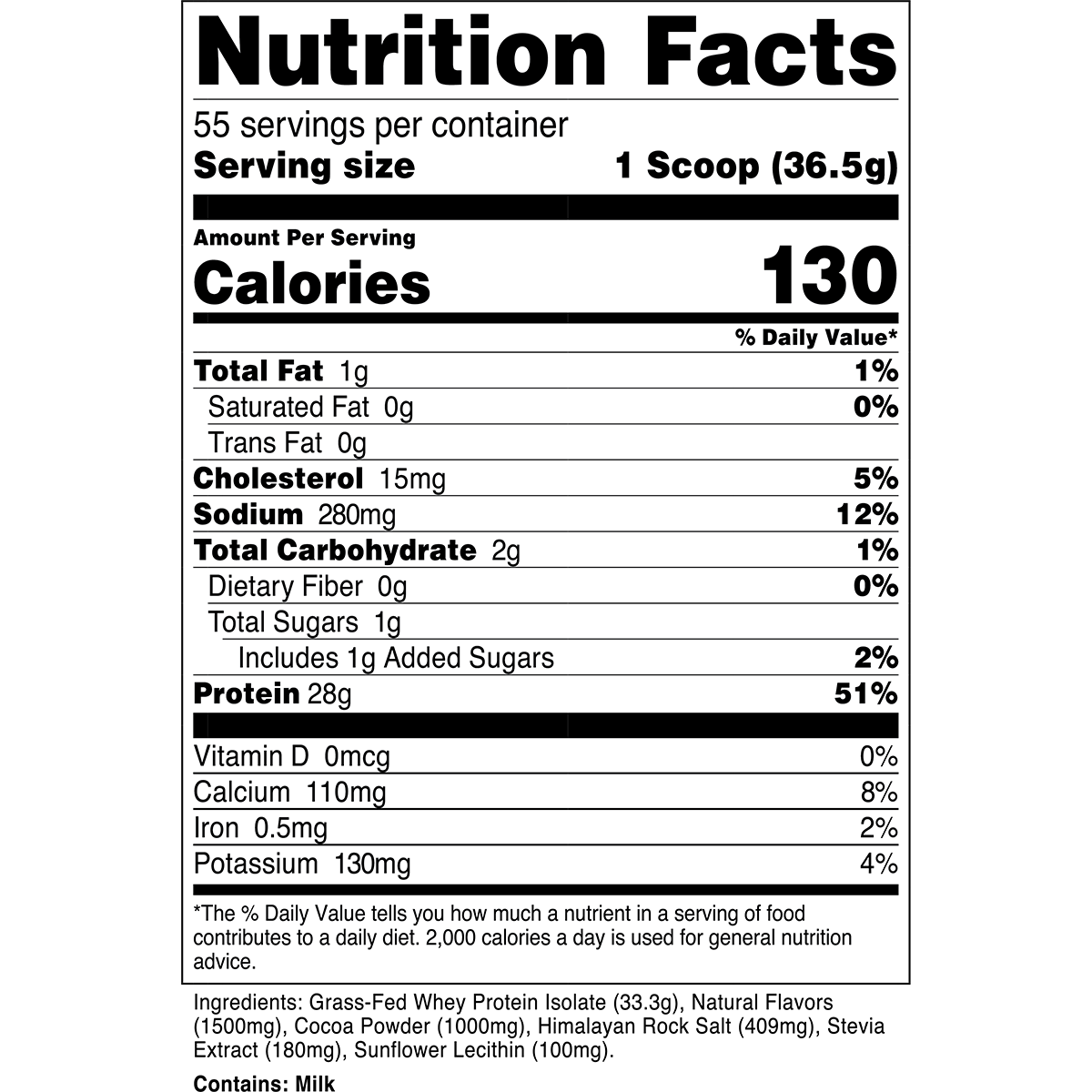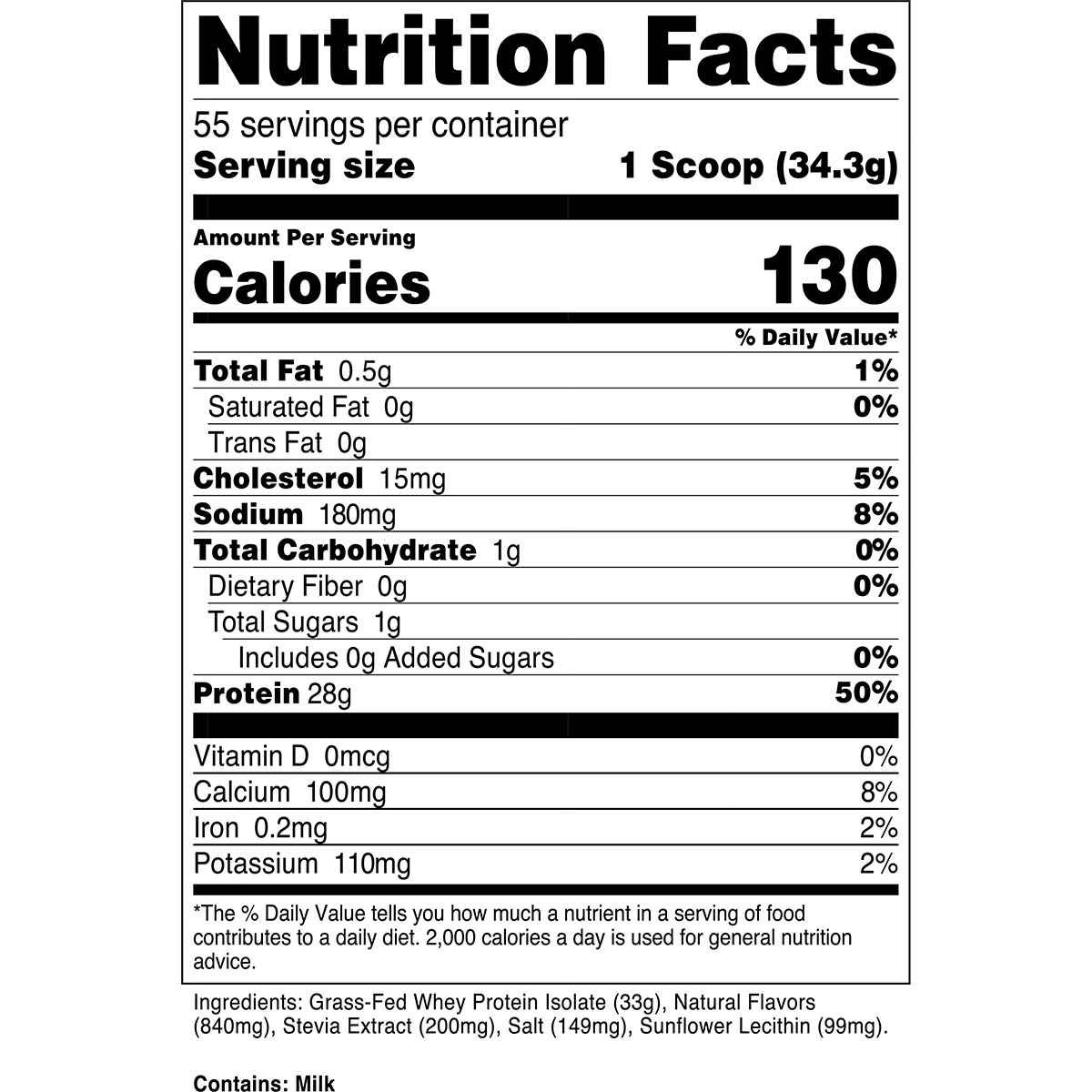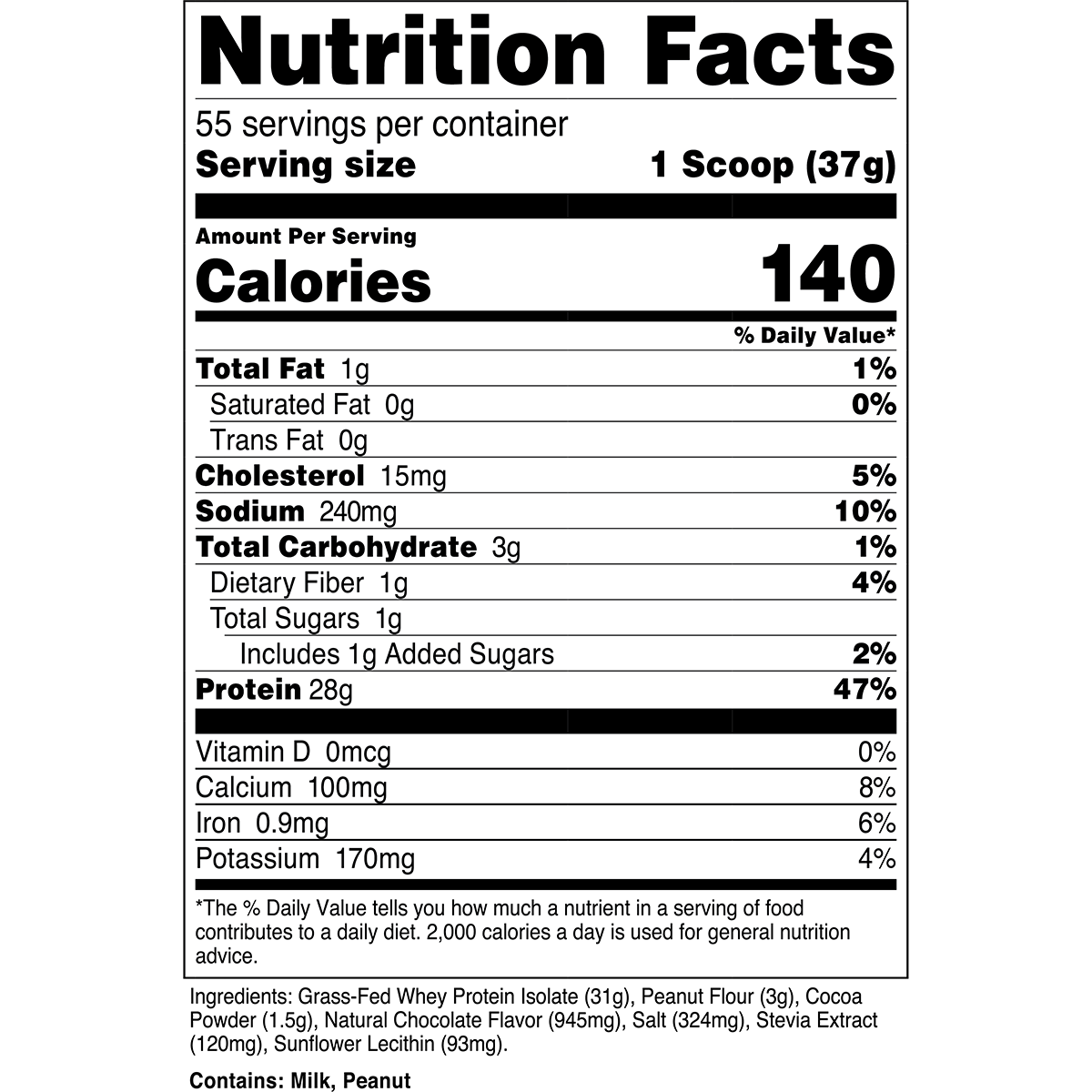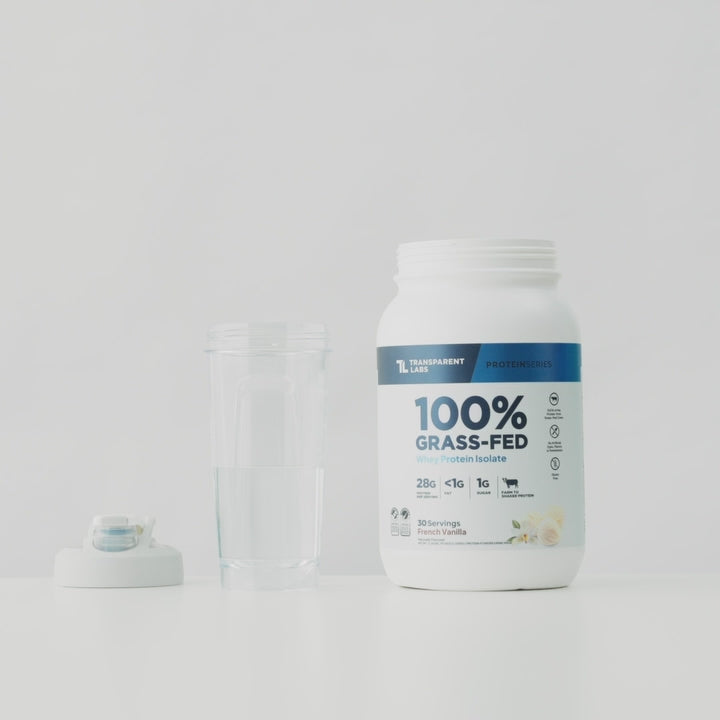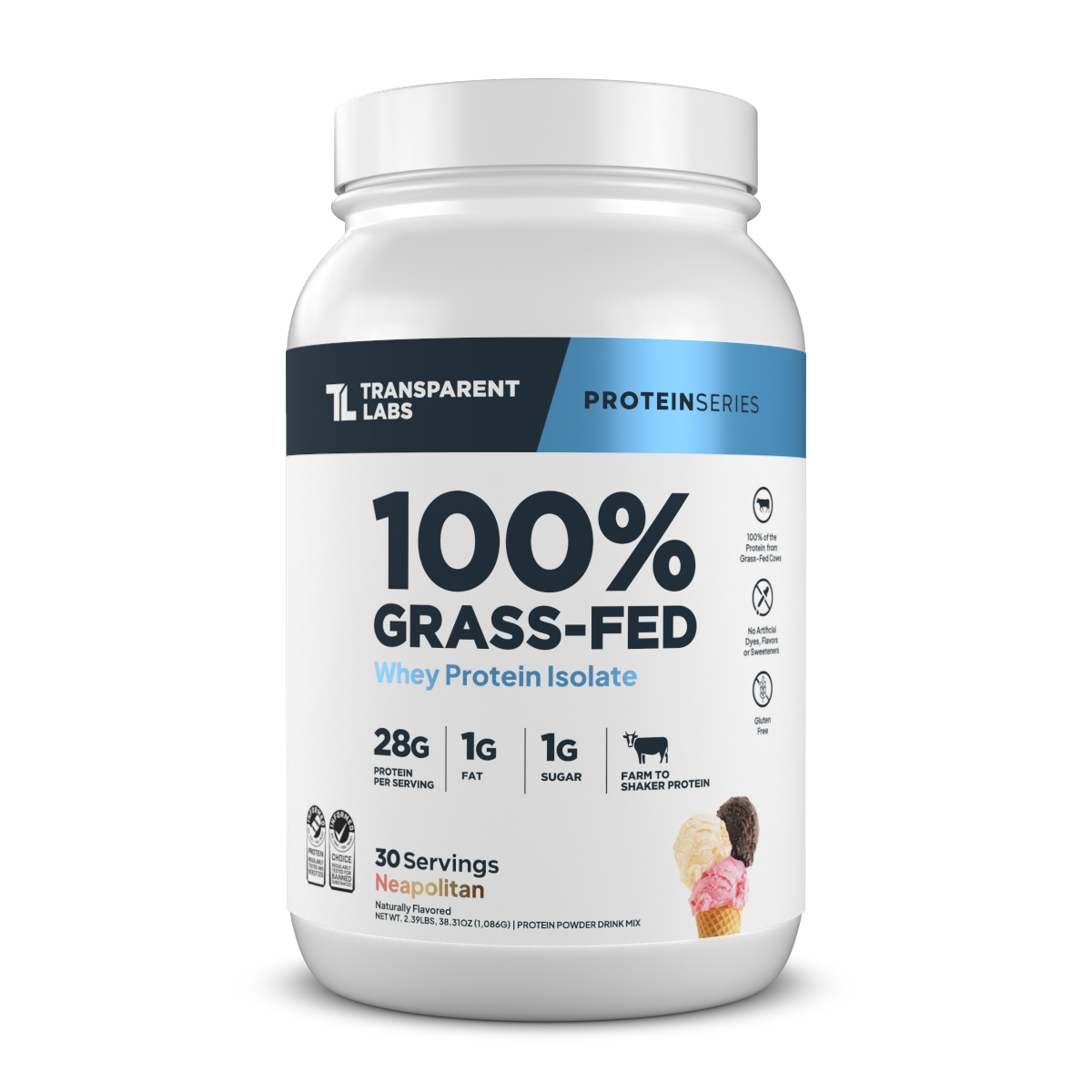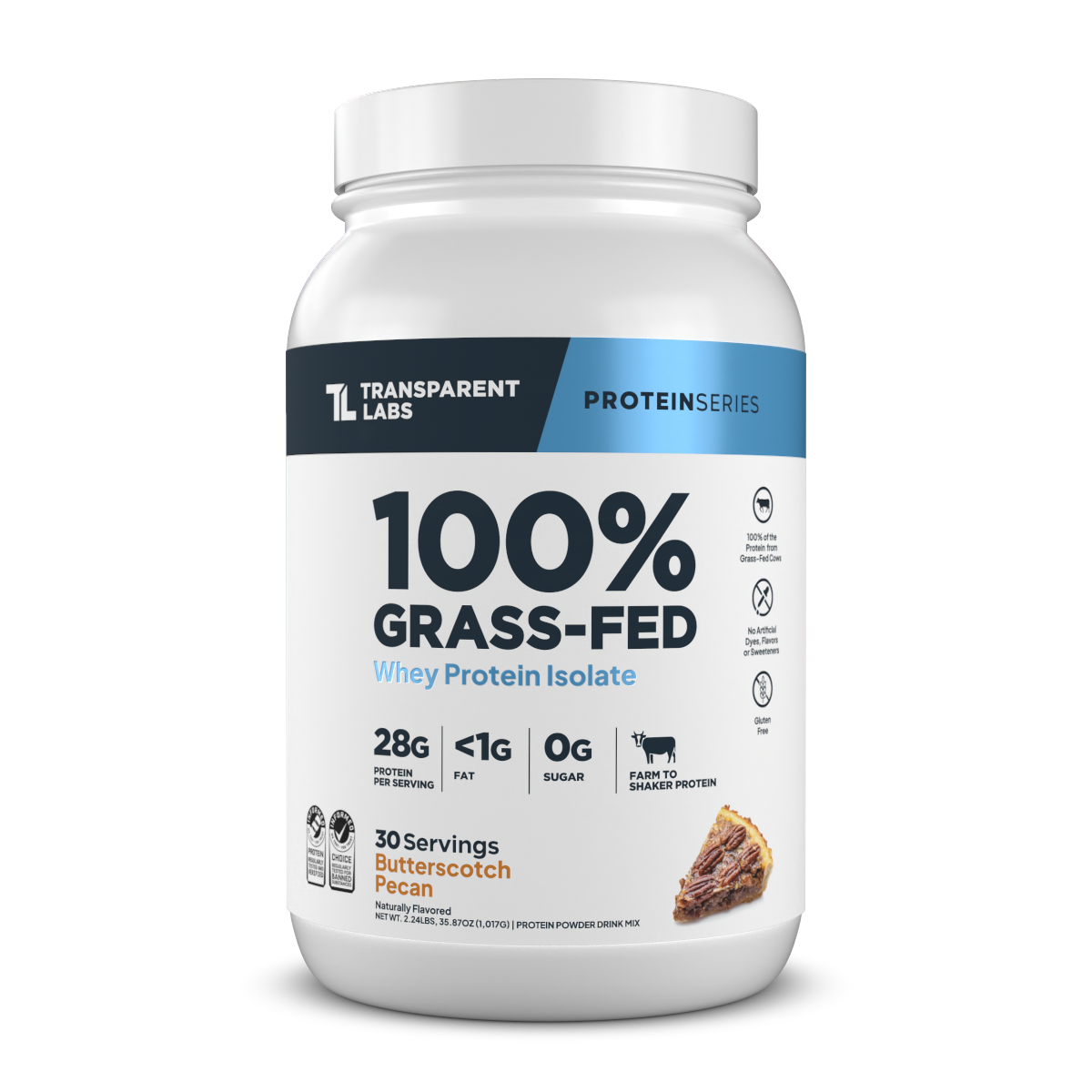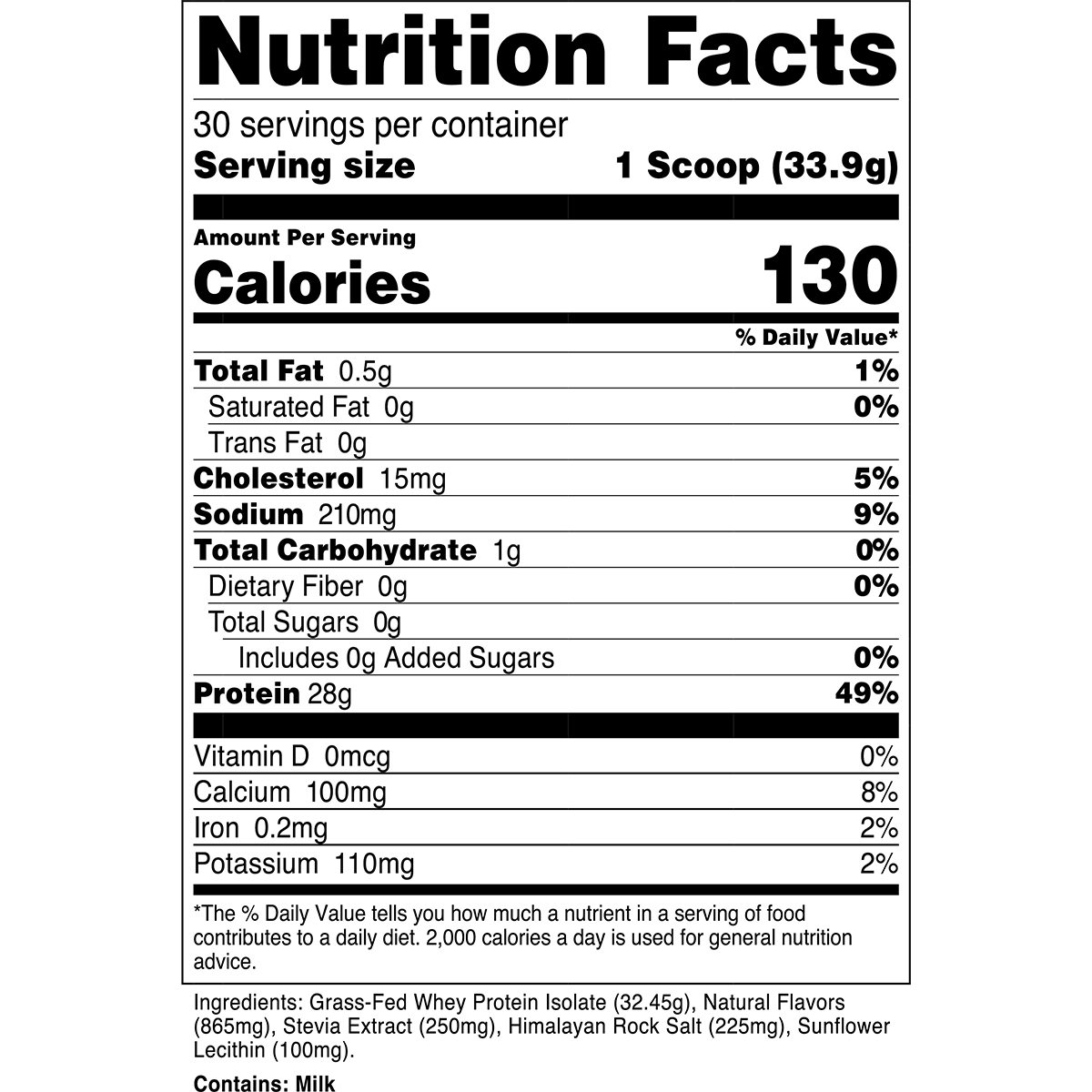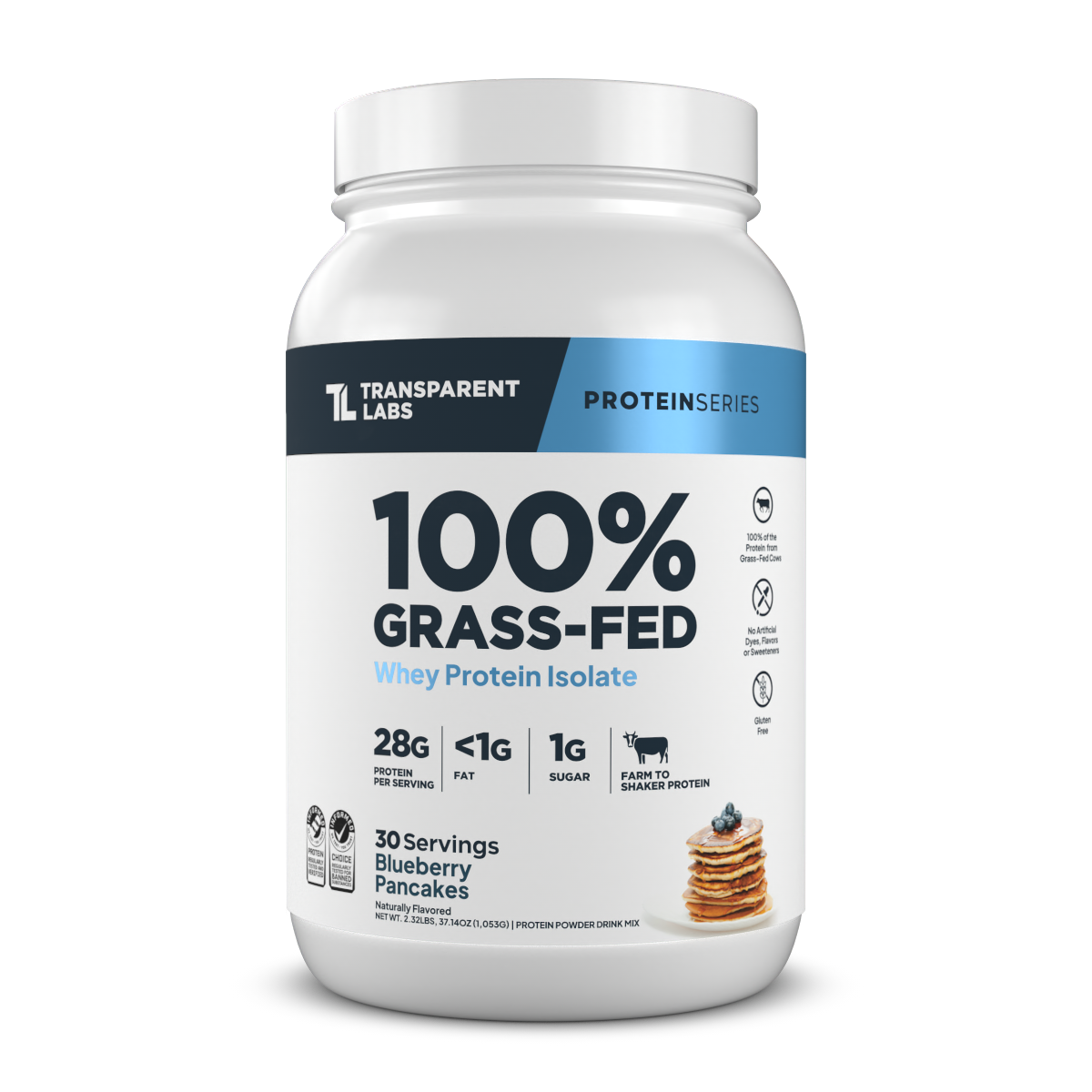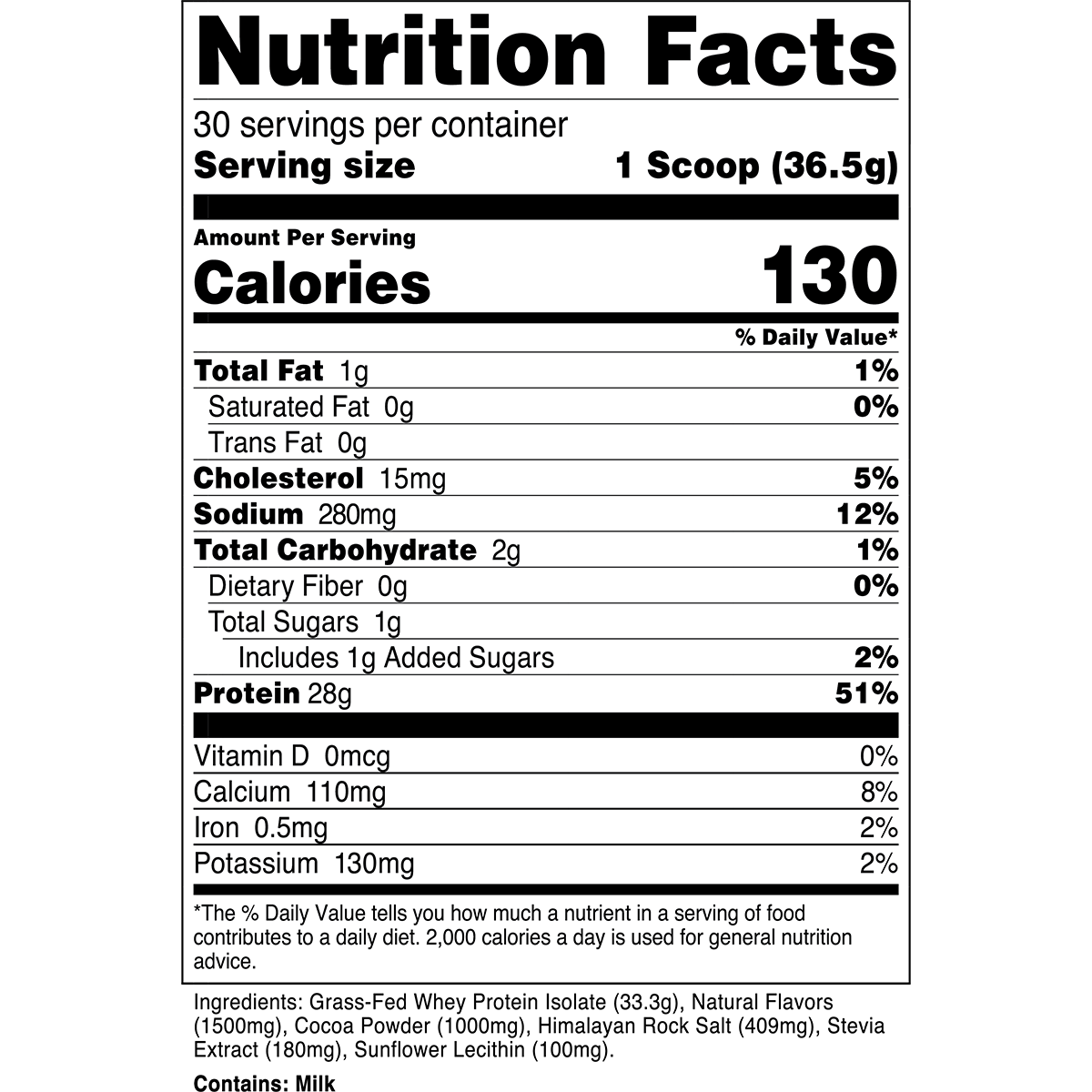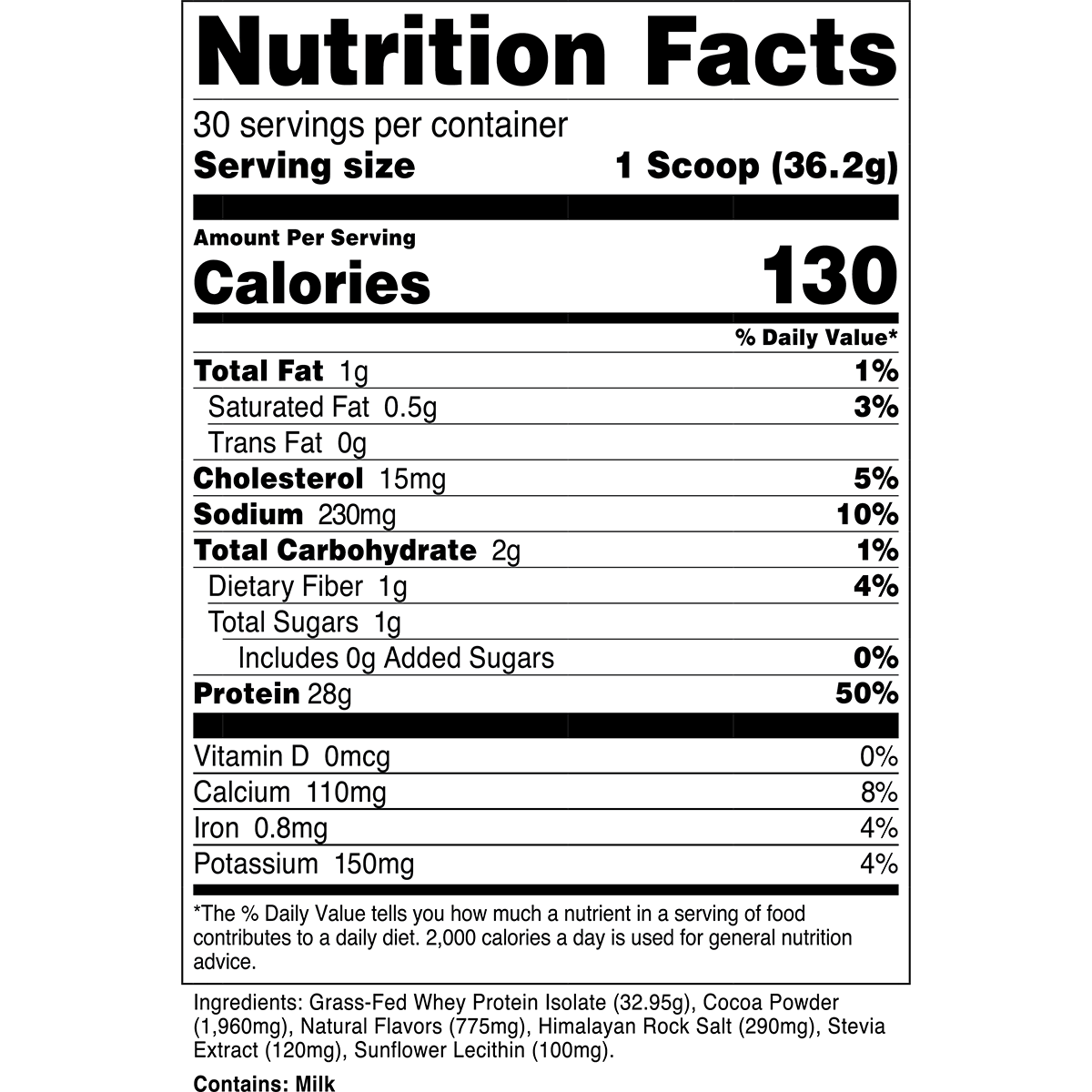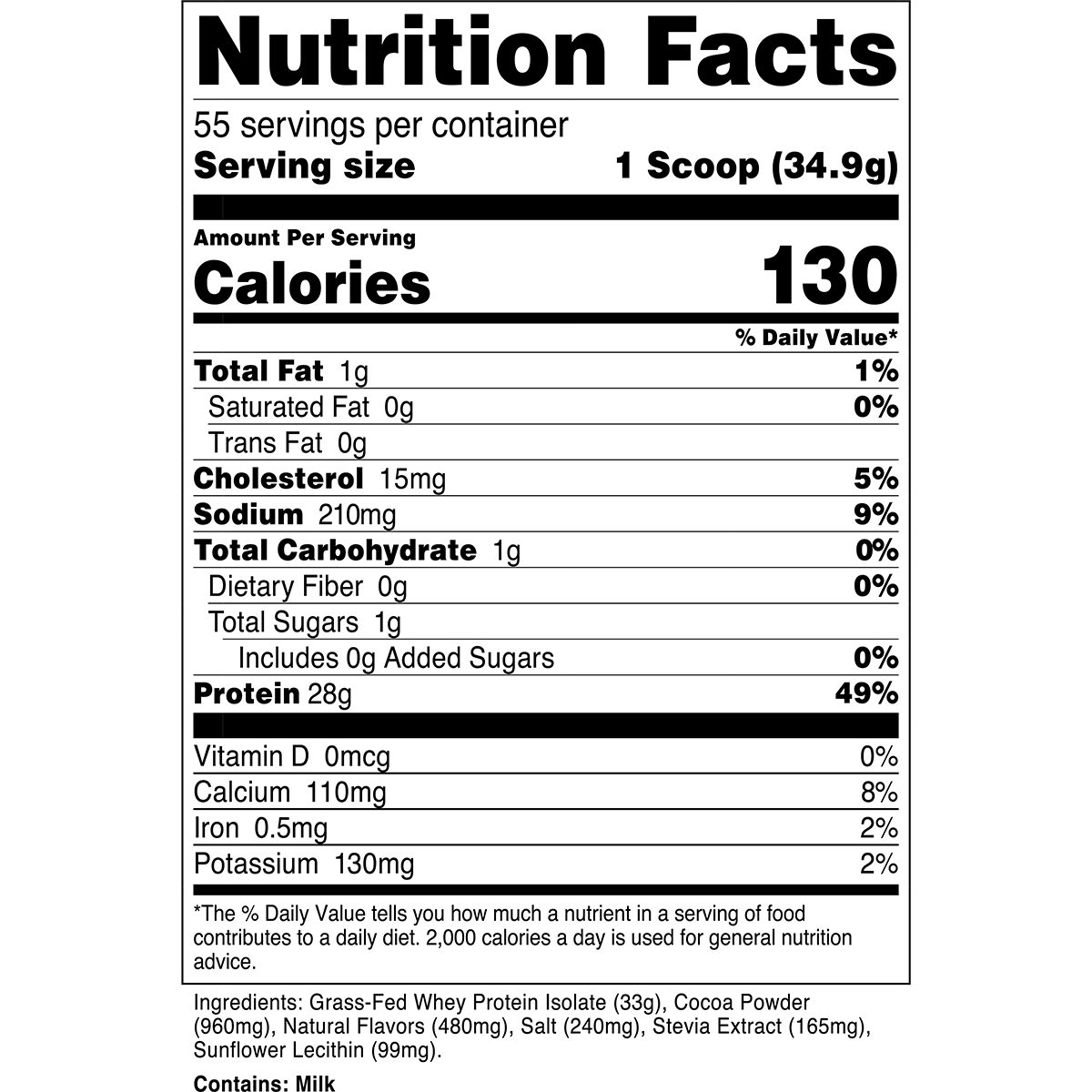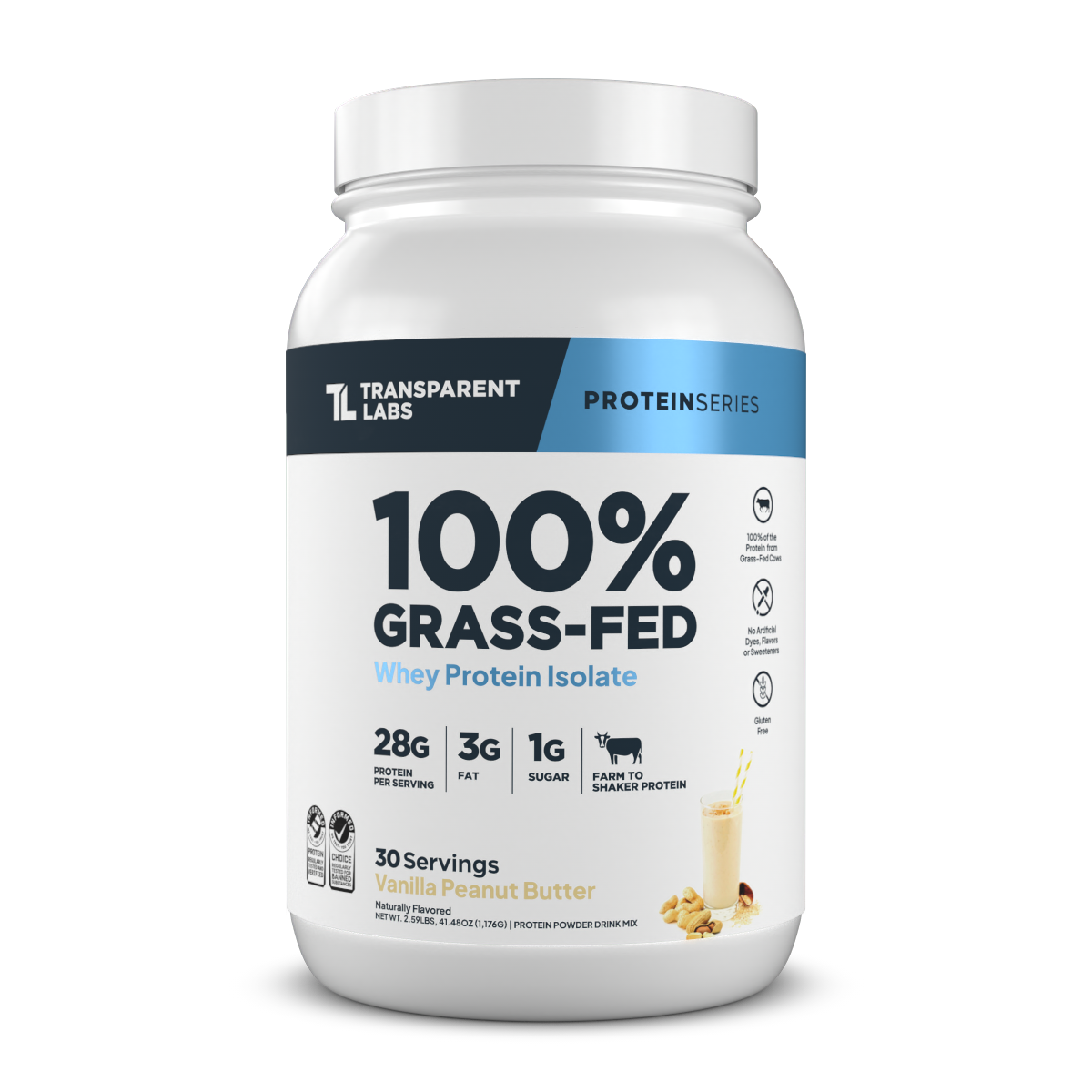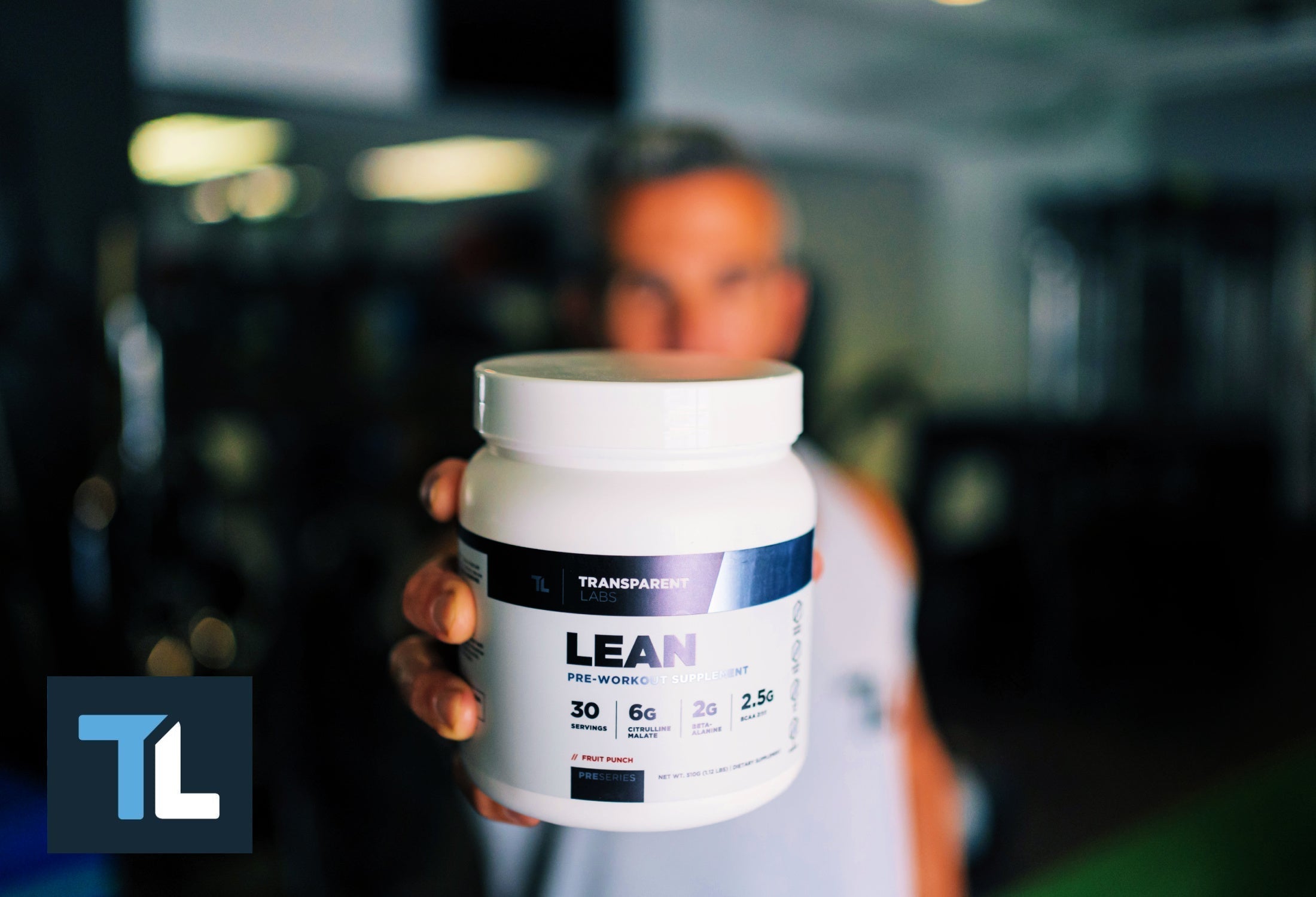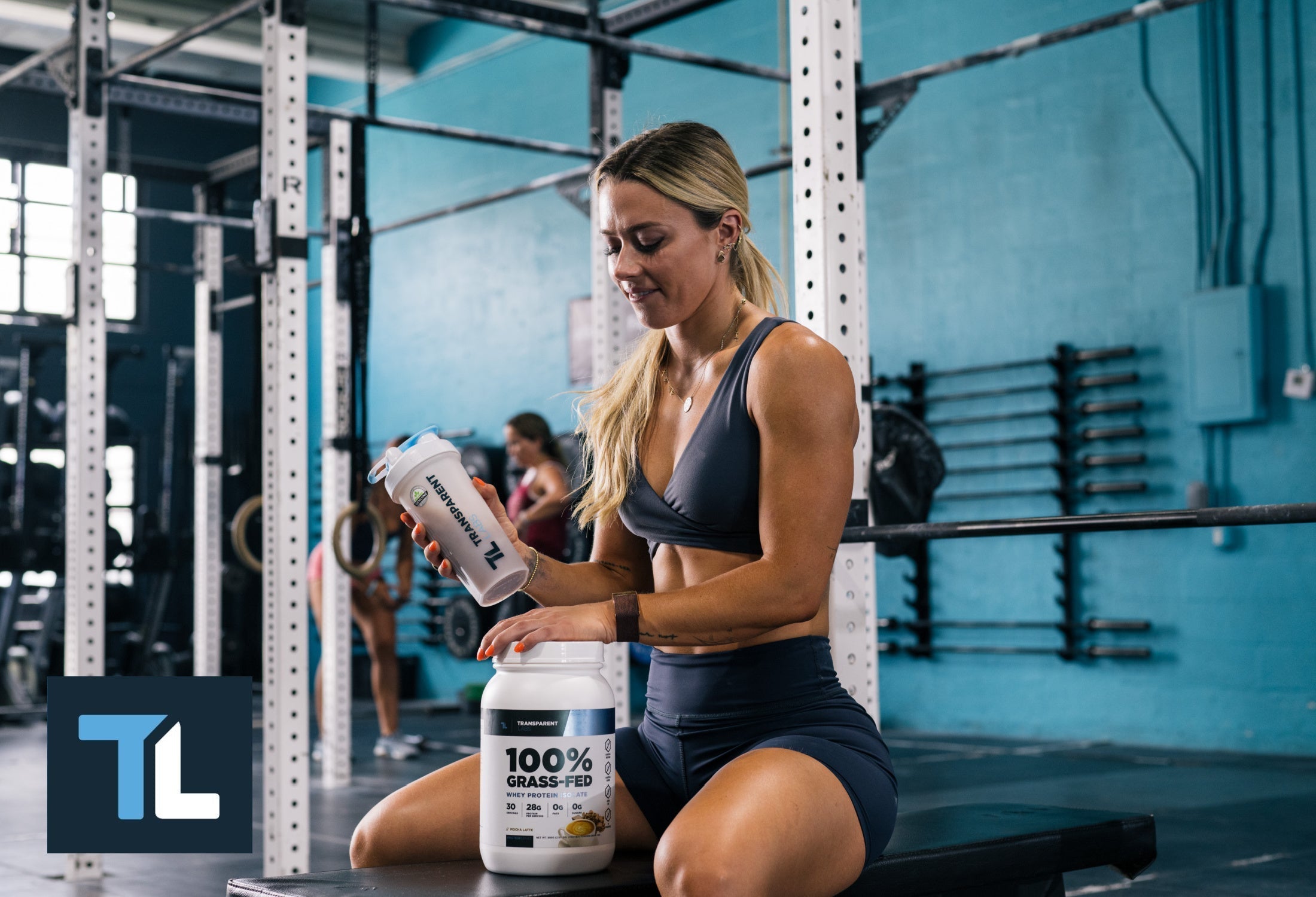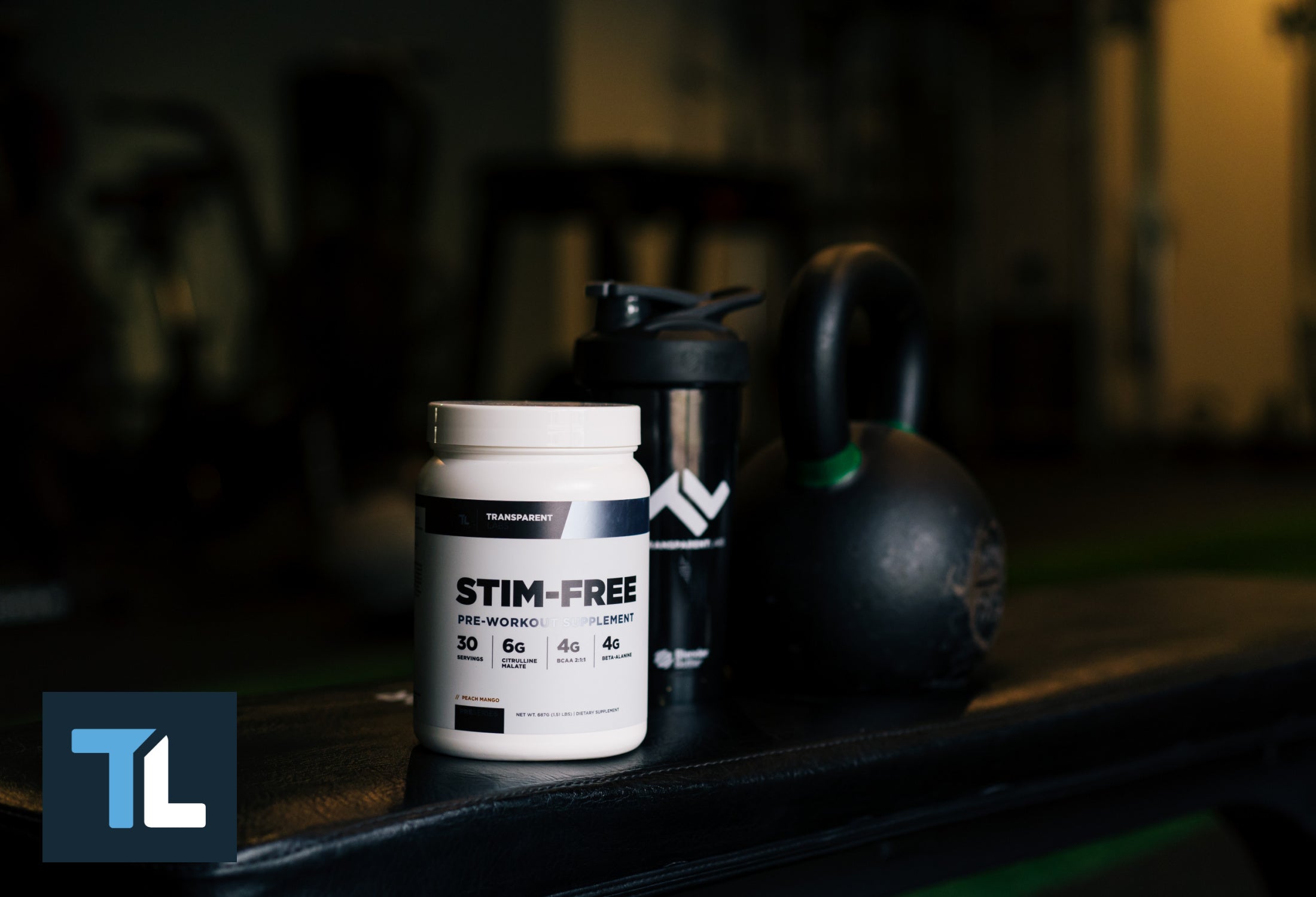“How much protein should I eat?” is usually the first question someone asks once they start hitting the gym and hoisting some iron. If the person you’re asking knows what they’re talking about, you probably won’t get a cookie-cutter recommendation for daily protein intake since there's nuance to this topic.
Likewise, old-school bodybuilding dogma preaches that athletes and gym-goers should eat copious amounts of protein to build muscle, but is there any scientific evidence to substantiate that claim? The topic of protein requirements for athletes and active individuals remains controversial and open to interpretation.
A research review back in 2000 contends that the protein requirements of active individuals may be twice those of sedentary people [1]. Even so, the author notes that most active people only require 0.6-0.8 grams of protein per pound of body weight (g/lb body weight), which is quite similar to what more recent studies suggest [2].
However, the review concludes that “protein requirements” are likely below what is necessary to optimize athletic performance.
Asking “How much protein do I need a day?” isn’t necessarily synonymous with “How much protein should I eat?”
Here’s why...
Understanding Protein Recommendations
Protein is an essential macronutrient for humans, meaning we need to consume it regularly for proper health, longevity, and maintenance of muscle mass.
The current recommended dietary allowance (RDA) for daily protein intake is 0.8 grams per kilogram of body weight (g/kg body weight), equivalent to a mere 0.36 g/lb body weight [3].
Any bodybuilder would (understandably) scoff at that recommendation. The dietary need for protein is quite low compared to the amount of protein you should eat for optimal muscle growth and fat loss.
It’s essential to differentiate between the RDA for protein and “optimal protein intake for active people” since the RDA is a guideline for general public health, not for athletic performance and building muscle.
More specifically, the RDA for protein is the amount the average adult should consume for proper health and biological function. Generalized protein intake guidelines serve as a foundational baseline, but individual needs can vary significantly based on several factors, notably lean body mass, age, type of training you engage in, and activity level.
For instance, research indicates that endurance athletes may benefit from eating slightly more protein than the recommended dietary allowance—approximately 1.6 to 1.8 g/kg/day—to support muscle repair and reduce muscle protein breakdown [4].
Thankfully, there are quite a few studies that discuss protein needs for building muscle and burning body fat.
Using Lean Body Mass to Determine Protein Recommendations
A formative systematic review by Helms et. al contends that strength-training athletes and bodybuilders may benefit from daily protein intakes in the range of 1.0-1.4 g/lb lean body mass (LBM), especially when trying to lean out and cut body fat [5].
Note that LBM is what you weigh, not including body fat.
Lean Body Mass Example: a 200-lb person with 10% body fat has 180 lbs of LBM. A 250-lb person with 30% body fat has 175 lbs of LBM.
But why use lean body mass instead of total body weight?
It’s simple. If the two individuals in the above example use their total body weight to calculate optimal protein intake, the obese 250-lb person will consume significantly more protein despite having less lean body mass.
It’s more sensible to base your protein needs on lean body mass instead of total body weight since excess fat tissue (i.e., white adipose tissue) is not metabolically demanding. People who are obese/overweight will overestimate their actual protein needs if they use total body weight as the starting parameter.
Are High-Protein Diets Harmful?
The most pervasive myth about high-protein diets is that they are harmful and unhealthy.
Well, no—just no.
The myth that high-protein diets are harmful stems from the fact that the kidneys filter nitrogenous waste (which comes predominantly from amino acids in protein). While that is true, high-protein diets are not harmful to the kidneys in healthy individuals.
They can, however, be dangerous if you have preexisting renal issues because your body won’t be able to properly eliminate urea, ammonia, creatinine, and other nitrogenous byproducts.
An article published in Nutrition & Metabolism concludes:
“Protein restriction may be appropriate for treating existing kidney disease, but we find no significant evidence for a detrimental effect of high protein intakes on kidney function in healthy persons after centuries of a high-protein Western diet.”

Moreover, several long-term studies show no adverse health effects from high-protein diets (3-4 times the RDA) [6]. Research even suggests that high-protein intake has a favorable impact on body composition, fat loss, waist circumference, blood glucose balance, and appetite regulation [7].
Now, does this mean you should gorge on protein if you have healthy kidneys?
Certainly not. Like anything else you put in your body, there are caveats to consuming excessive amounts of protein. Depending on which protein sources you consume, a high-protein diet may increase the acid load to the kidneys.
It’s imperative to eat plenty of alkaline-forming foods, such as potassium-rich fruits and vegetables, to maintain a proper acid-base balance in the body on a high-protein diet. You should also consider incorporating more non-animal protein sources, like seafood, rice protein, and pea protein. These are generally lower in saturated fat and less acidic than red meat, eggs, and dairy.
“How Much Protein Do I Need to Build Muscle?”
The health and fitness subculture has a propensity to create false dichotomies, leading athletes, bodybuilders, and gym-goers alike down one of two extreme paths. Protein recommendations seem to have succumbed to this phenomenon.
According to “hardcore” bodybuilding magazines, you need a whopping 2+ g protein/lb body weight per day, whereas the recommended daily protein intake for adults is a lowly 0.36 g protein/lb body weight—a considerable disparity.
Sure, extra protein intake might make sense if you’re taking performance-enhancing drugs (PEDs) and training 6+ times a week, but the RDA will provide enough protein if you have no intention of touching a barbell—or PEDs—anytime soon.
That being said, for most active individuals and athletes, the answer to "How much protein should I eat?" is likely "Slightly above the recommended daily protein intake for adults."
Based on the research mentioned earlier, active individuals who regularly train with weights should consume between 0.8-1.4 g protein/lb LBM per day to build muscle, assuming you’re eating a sufficient amount of total calories.
A low-protein diet (e.g. 0.5-0.6 g protein/lb LBM) is not ideal for building muscle, but neither is a super-high-protein diet (e.g. 2+ g protein/lb LBM). Many bodybuilders and sports nutritionists will argue that there are no “negatives” of eating too much protein since the excess is less likely to contribute to body fat gain.
Theoretically, it makes perfect sense that overfeeding protein generally has no negative impact on body composition.
In fact, multiple longitudinal crossover studies show that resistance trainees consuming an additional 450-800 calories per day from protein did not gain body fat or weight [8, 9]. However, the subjects in these studies were participating in intense resistance training and had variable intakes of other macronutrients.
A few plausible explanations for the findings of those studies:
-
Protein (per gram) has the highest net thermic effect of feeding (TEF). Your body expends more energy to digest and assimilate protein than it does carbohydrates and fats.
-
Protein is highly satiating. Hence, eating high-protein foods and using protein powder supplements helps control food intake and energy balance, which is ultimately the most critical factor for building muscle and losing weight.
-
Excess protein isn’t preferentially converted to triglycerides (i.e., it’s less likely to be stored as body fat).
Can Protein Be Converted to Fat?
The short answer: Yes. The amino acids in protein can be converted to fatty acids.
Lipogenesis (the creation of new fats) is an energy-consuming process, meaning you need to be in a positive calorie/energy balance for it to take place. The central molecule that feeds into lipogenesis is acetyl-CoA.

Image courtesy of the Royal Society of Chemistry
During an energetic surplus, the carbon skeletons of amino acids can be converted to acetyl-CoA, ultimately leading to fat synthesis (lipogenesis). However, amino acids are the body’s last resort for acetyl-CoA and energy (ATP) since glucose and dietary fats are much more “potent” in ATP potential per molecule.
Assuming you’re eating a fairly balanced diet (i.e., not a fad diet), the contribution of amino acids to ATP synthesis and fatty acid synthesis is marginal compared to glucose and dietary fat. Glucose and fatty acids are the body’s preferred substrates for both ATP and lipogenesis.
A theoretical but likely inconsequential “backdoor” route for fatty acid synthesis could occur through specific glucogenic amino acids (e.g., glutamine, alanine, leucine). Glucogenic amino acids are substrates for gluconeogenesis, the process by which the body creates glucose from non-sugar molecules.
While superficially plausible, gluconeogenesis is not a meaningful source of glucose when overall energy intake is sufficient unless your diet is wildly imbalanced. Several studies report excess protein does not significantly increase blood sugar [10].
One study had subjects consume a massive 136 g of protein from 3 lbs of beef, which the researchers estimate could yield 68 g of glucose through gluconeogenesis. Yet, they found no increase in blood sugar in the eight hours after feeding [11].
It’s not entirely clear what the fate of excess protein is, but the data indicates it doesn’t contribute much to lipogenesis.
How Much Protein Should You Eat to Build Muscle?
Many gym newbies assume that a higher protein intake translates to more muscle growth.
Sure, eating more than 1.4 g protein/lb LBM won’t be detrimental to muscle growth, but it won’t necessarily be better. People have this notion that excess protein leads to “extra” muscle growth, which is simply not the case.
Overfeeding protein may even be counterproductive for bodybuilders and athletes who want to build muscle. If anything, it will increase satiety and the thermic effect of feeding, preventing you from getting the calories you need to grow.
There is a putative “cap” to muscle protein synthesis (MPS) in response to high-protein meals [12]. After MPS reaches its peak, a refractory period of roughly four hours sets in before skeletal muscle is “resensitized” to the anabolic effects of amino acids. Research scientists refer to this phenomenon as the “muscle-full effect.”

At any given meal, 20-40 g of a leucine-rich protein source (e.g., whey protein, dairy protein, animal protein, eggs) will elicit peak muscle protein synthesis in most individuals [13]. Intuitively, larger, muscular people require more protein to maximize MPS, and vice versa. The “extra” protein from a meal will be subject to fecal excretion, use for other biological functions (e.g., neurotransmitter and enzyme synthesis), gluconeogenesis, or oxidation for energy.
Research also tells us that insulin amplifies the muscle protein synthetic response to a high-protein meal, and carbohydrates are protein-sparing molecules [14]. Thus, athletes and bodybuilders are better off eating enough protein in conjunction with plenty of carbs (e.g., 30+ grams) to maximize muscle protein synthesis at every feeding. A carbohydrate-to-protein ratio of approximately 4:1 or 3:1 is often suggested to bolster lean mass gains, especially after resistance training workouts [15].
“How Much Protein Should I Eat to Lose Weight?”
Protein is essential for preserving lean body mass when calorie intake is low. The last thing you want to do is skimp on protein when your main goal is to lose weight.
Assuming you hit the gym regularly and lift weights four or more times per week, a good starting point for protein intake is 1.0 g/lb LBM, if not higher. Some people may benefit from protein intake between 1.5-1.7 g/lb LBM if they are on a very-low-calorie diet, such as in the final weeks of a bodybuilding contest prep or when trying to cut weight for an athletic competition weigh-in [16].
Recall from earlier that high-protein diets increase the thermic effect of feeding (TEF) - the amount of energy the body expends to digest and absorb nutrients. High-protein diets can also reduce the intake of other macronutrients by promoting satiety.
Therefore, a high-protein diet makes perfect sense for weight loss. Very-low-carb diets, on the contrary, aren’t inherently optimal for fat loss since carbohydrates are protein-sparing molecules and have an additive effect on muscle protein synthesis. Consuming a modest amount of carbohydrates with a complete protein source will augment the MPS response to each meal, thereby helping you preserve more muscle tissue while cutting body fat.
Protein Distribution
The strategic timing of protein consumption plays a critical role in maximizing muscle hypertrophy and recovery. While consuming protein post-workout is widely recommended, spreading protein intake throughout the day—every 3–4 hours—also enhances muscle protein synthesis and improves performance outcomes [17]. Distributing protein intake throughout the day ensures a steady supply of amino acids to facilitate lean mass repair and growth.
While you certainly can build muscle doing intermittent fasting, it’s likely not ideal for maximizing muscle growth due to the skewed protein distribution.
The Role of Essential Amino Acids in Protein Quality
Eating quality protein-rich foods is crucial for optimizing muscle growth while bulking up and preserving muscle mass on a fat-loss diet. You might be wondering what makes a protein source "high quality"? In short, quality sources of protein provide high amounts of essential amino acids (EAAs), especially branched-chain amino acids (BCAAs) like L-leucine.
Research shows that muscle protein synthesis is correlated with the proportion of L-leucine in a protein source [18]. For example, a food source that provides 500-1,000 mg L-leucine per 20 g of protein will elicit a significantly lower MPS response than an equal amount of protein that contains 3,000-4,000 mg of L-leucine.
Furthermore, protein sources that lack a sufficient amount of any one of the nine EAAs will lead to suboptimal MPS. Thankfully, there are many “complete” protein sources out there. You can also “mix and match” incomplete protein sources in a complementary fashion to create a complete protein, such as rice protein and pea protein in Organic Vegan protein powder.

The best protein sources in terms of their completeness, health benefits, and biological value include:
-
Lean grass-fed and free-range animal meats (chicken breast, 93/7 ground beef, turkey breast, etc.)
-
Fresh seafood (tuna, shrimp, salmon, etc.)
-
Dairy products (e.g. skim milk, Greek yogurt, and cottage cheese)
-
Vegan protein sources (pea and rice proteins are ideal; soy protein is okay in moderation)
Mixing up your protein sources adds a nice variety to your diet without sacrificing optimal muscle protein synthesis. Just be sure you focus on both quality and quantity when it comes to protein sources.
Optimal Protein Intake: Key Takeaways
The logical response to “How much protein should I eat?” is “It depends.” There is no all-encompassing optimal protein intake, or diet, for that matter.
To get you started on the right foot, follow these protein-intake guidelines:
-
Around 0.8-1.2 grams of protein per pound of lean body mass is adequate protein intake for most athletes who regularly lift weights.
-
For building lean muscle, daily protein intake should be roughly 1 gram of protein per pound of lean body mass.
-
For weight loss and body fat reduction, aim for 1.2-1.4 grams of protein per pound of lean body mass.
-
-
Sedentary adults generally only require the RDA for protein, equal to 0.36 g/lb body weight.
-
Older adults (55+) may benefit from eating a little more protein daily to combat age-related sarcopenia.
-
-
Consume protein-rich meals about 3-5 hours apart throughout the day.
-
Eat at least 20-30 grams of complete protein per meal.
-
Drinking a casein protein shake before bedtime will provide a sustained release of amino acids while you sleep.
-
-
For building and maintaining lean muscle tissue, consume plenty of carbohydrates along with quality protein to optimize muscle protein synthesis and spare muscle tissue during exercise.
Remember, a handful of variables come into play when determining optimal dietary protein intake for building muscle and cutting body fat. If you're looking for an accurate way to calculate your daily protein intake, try our protein calculator for detailed results.

